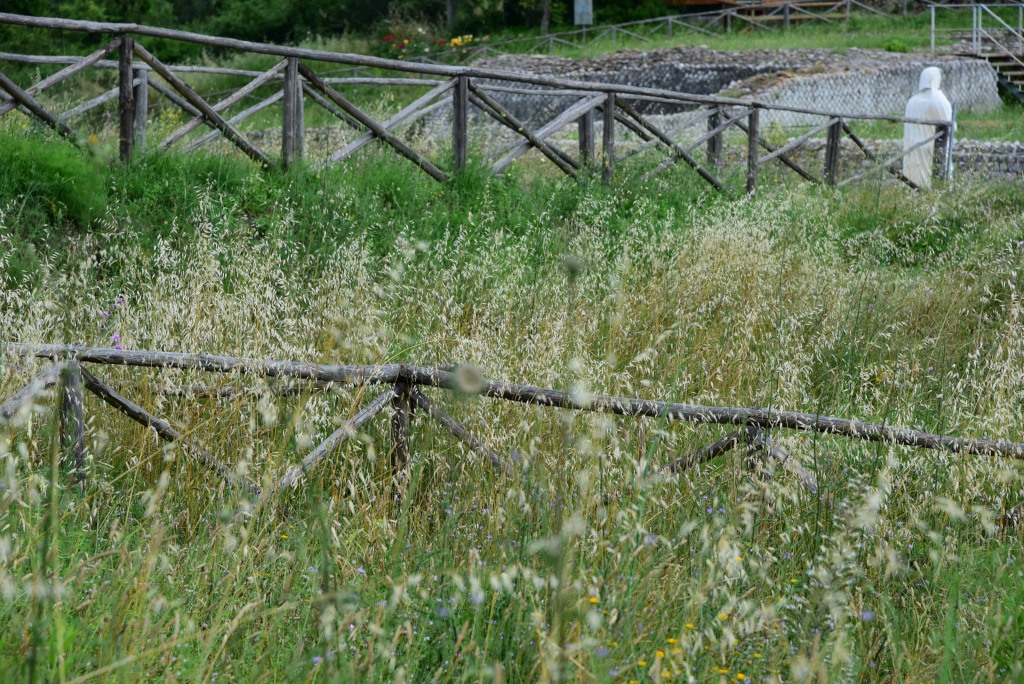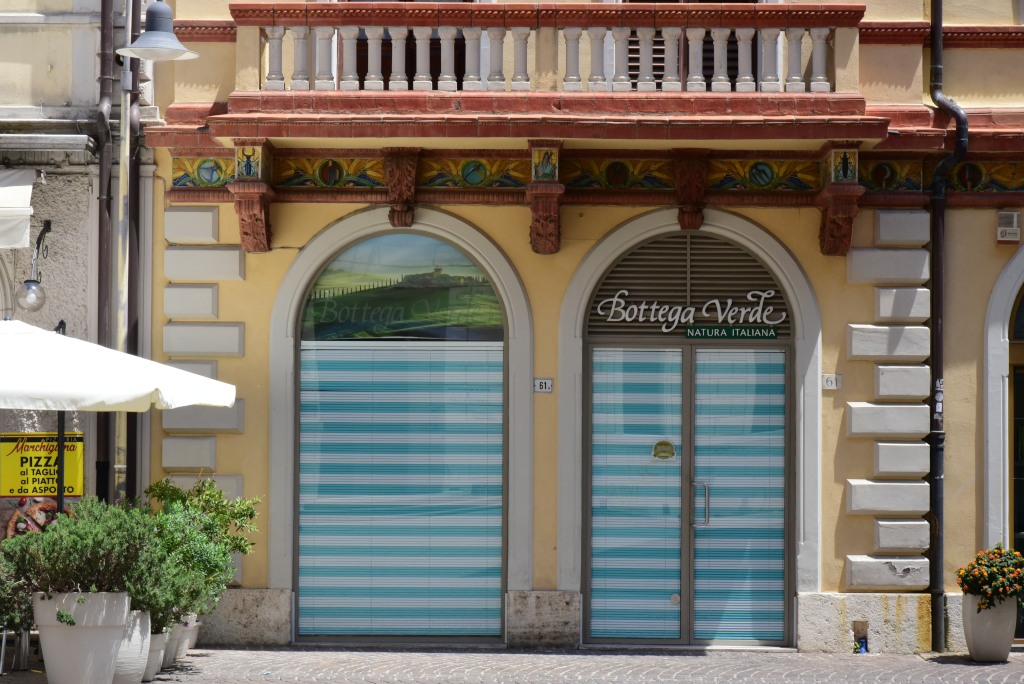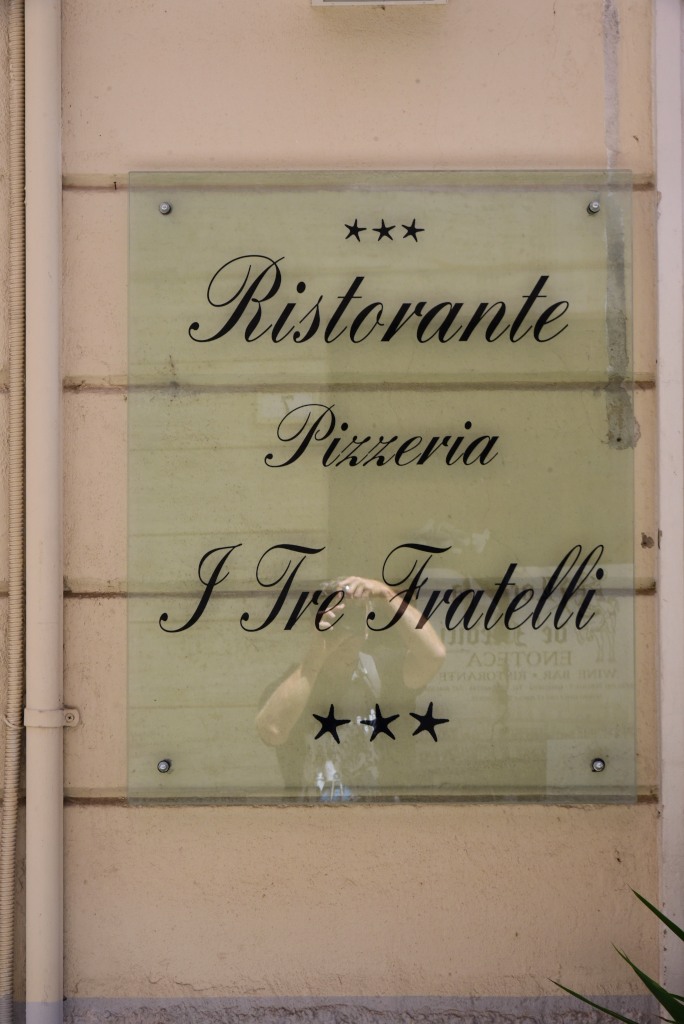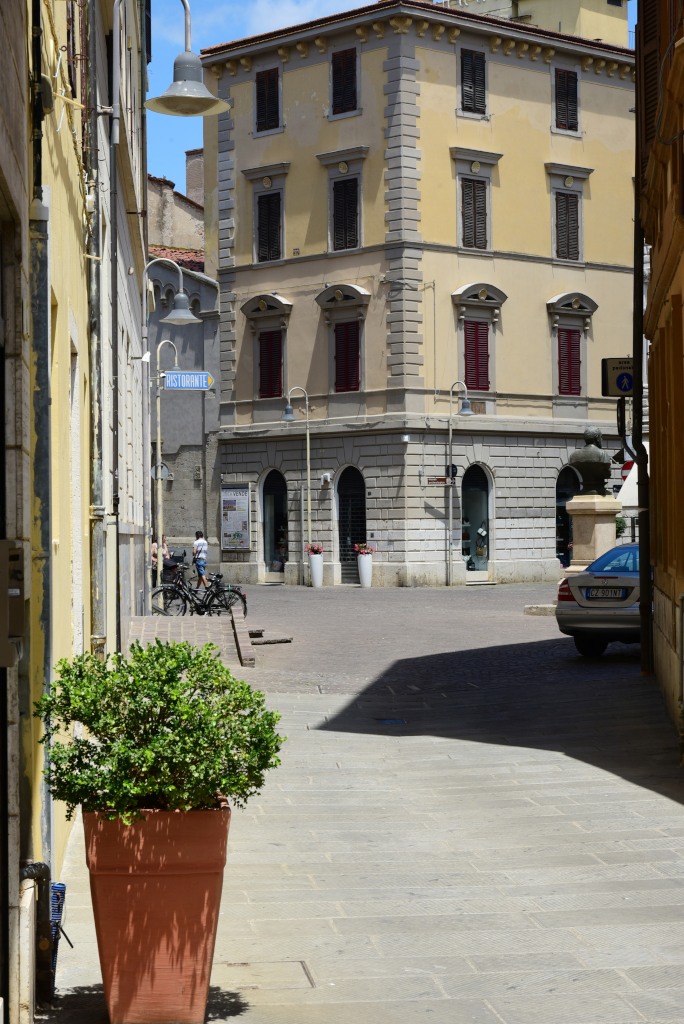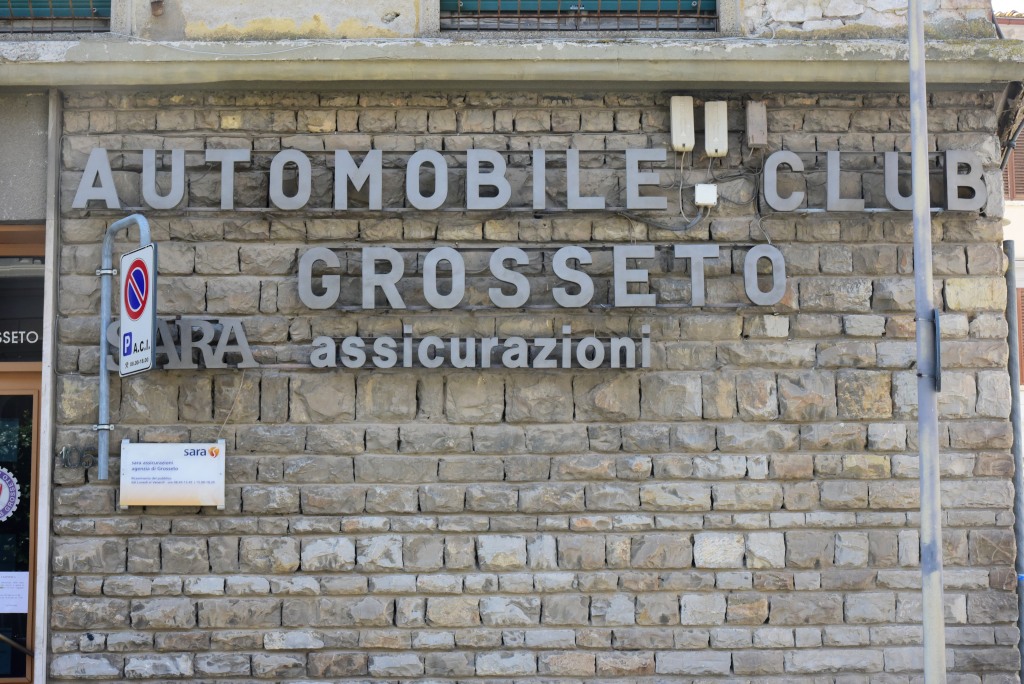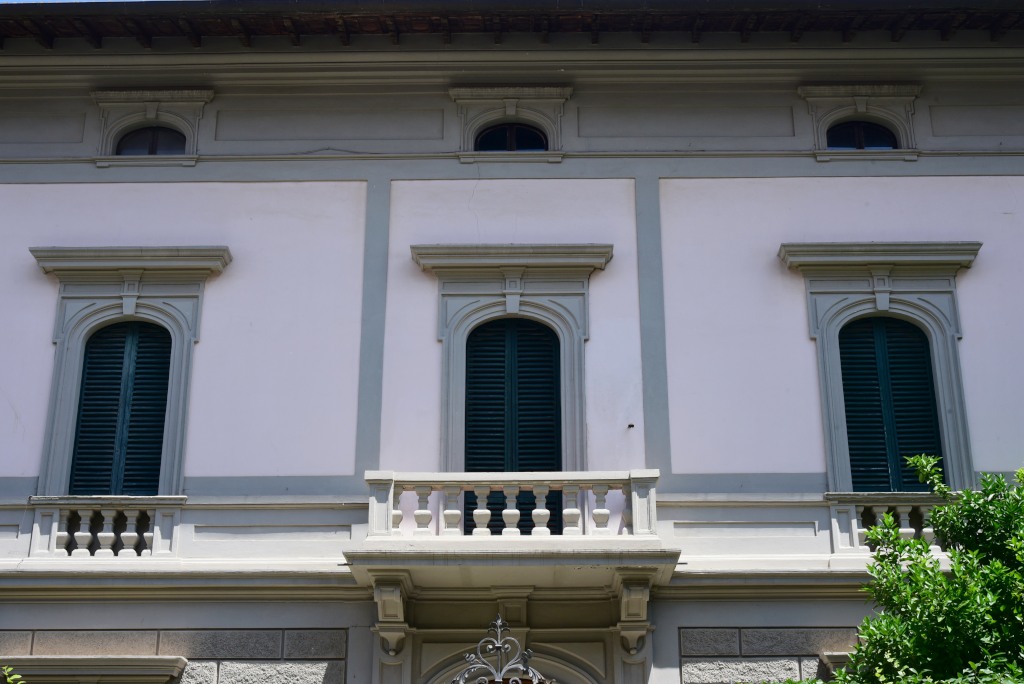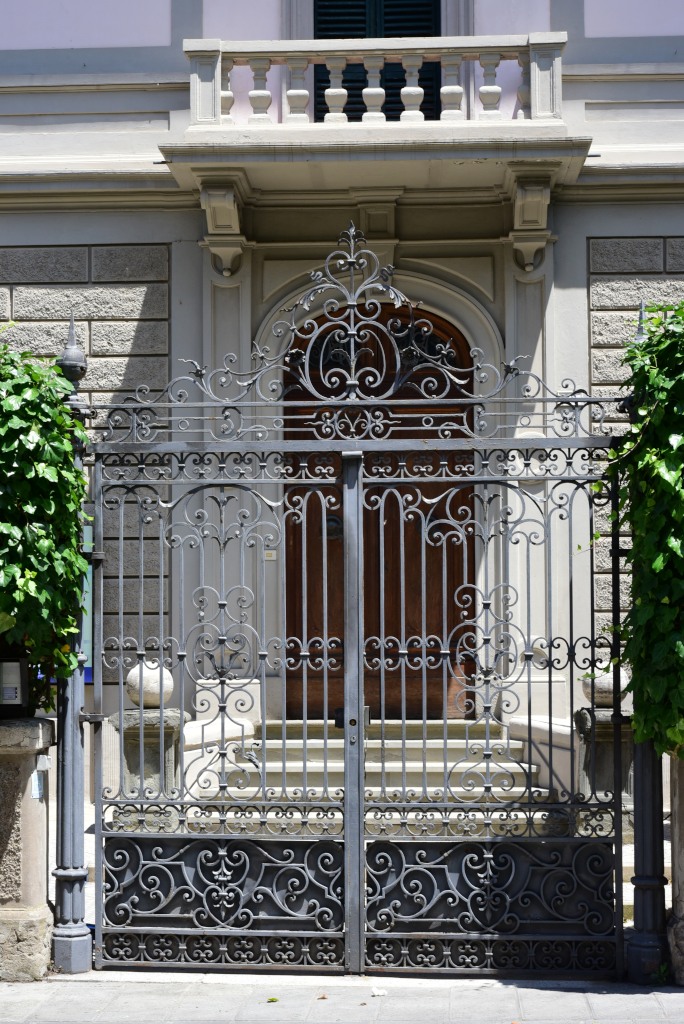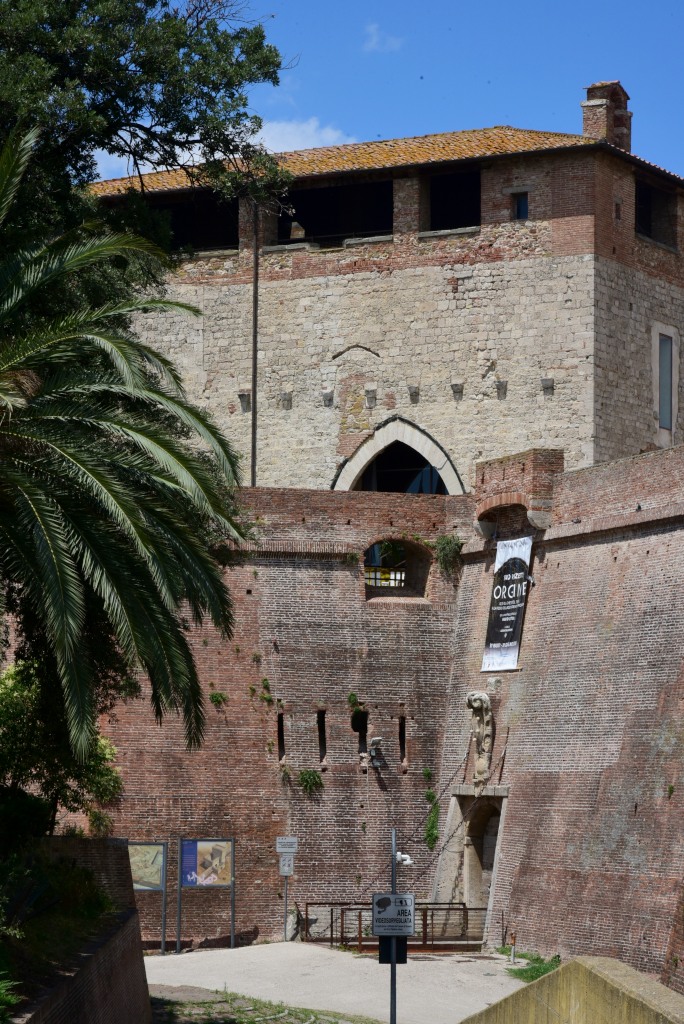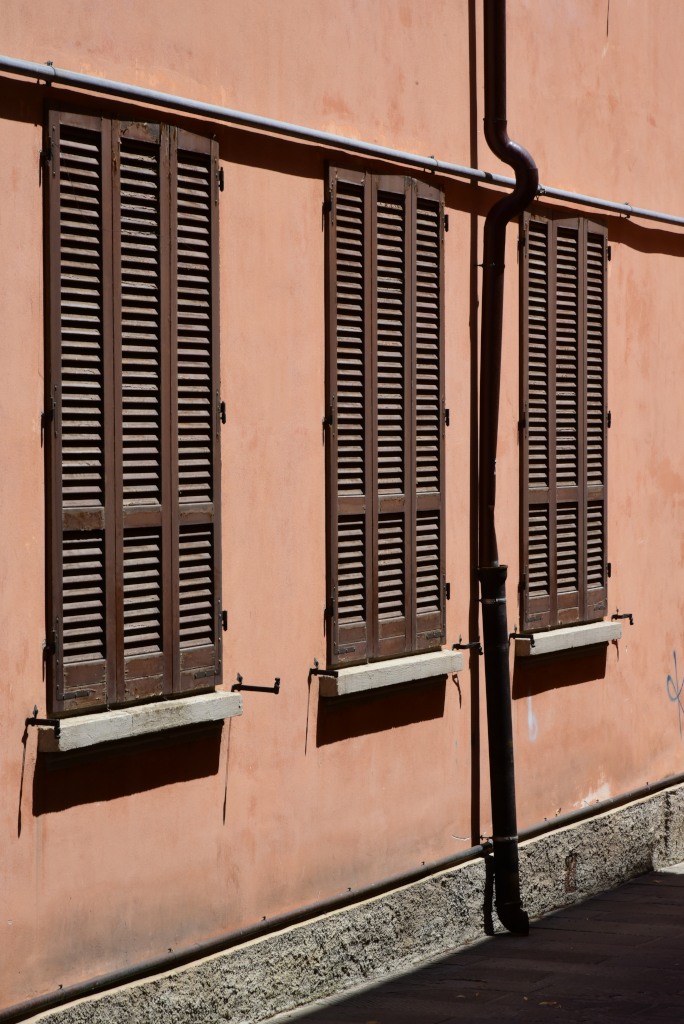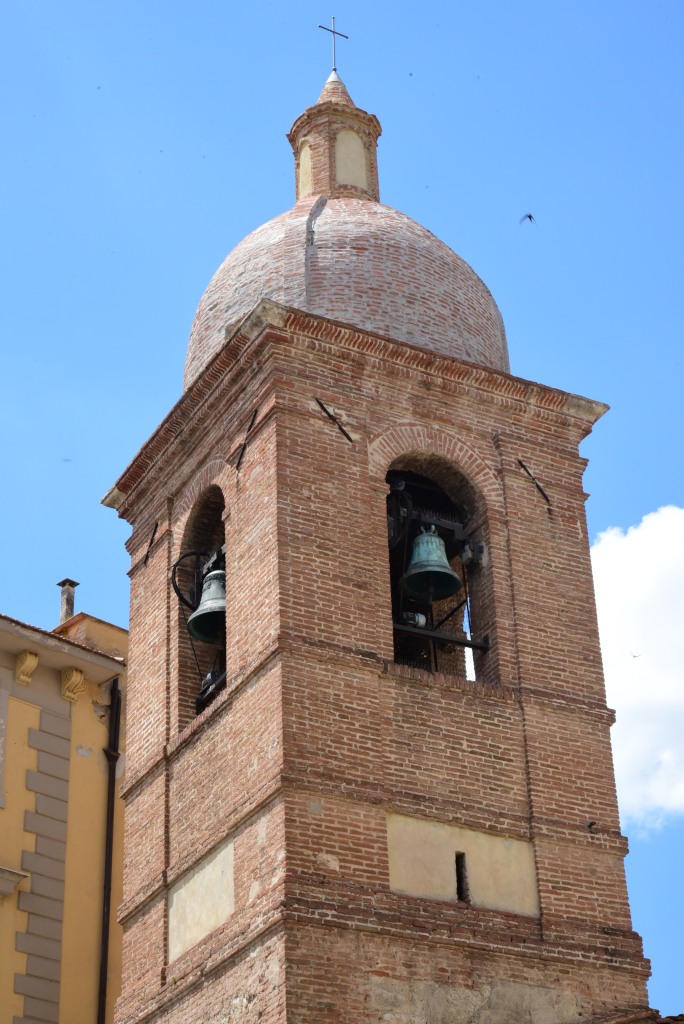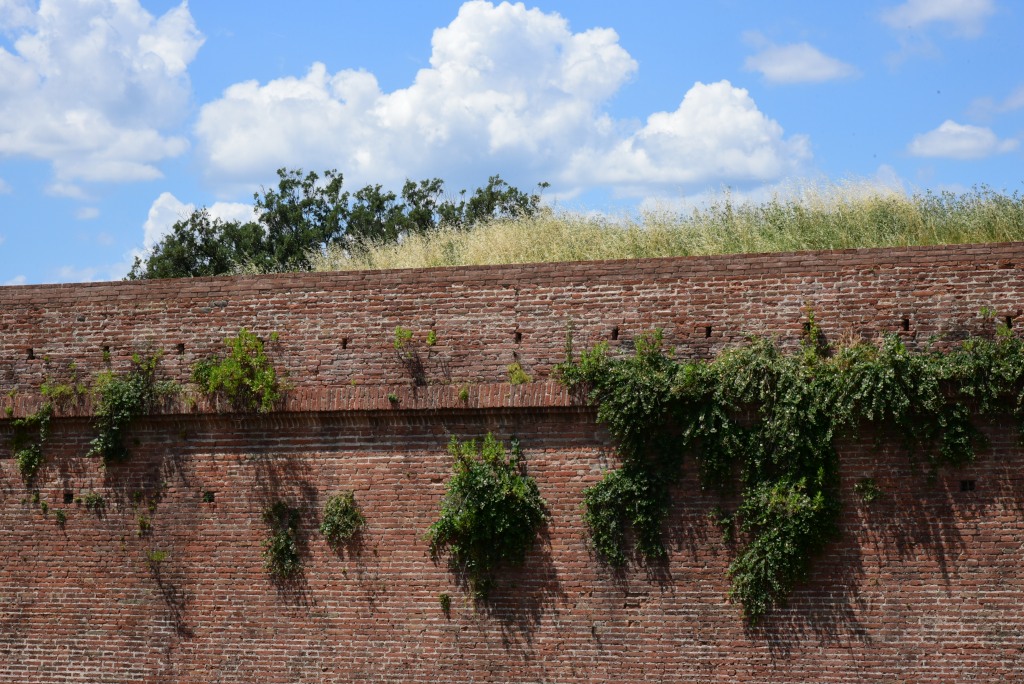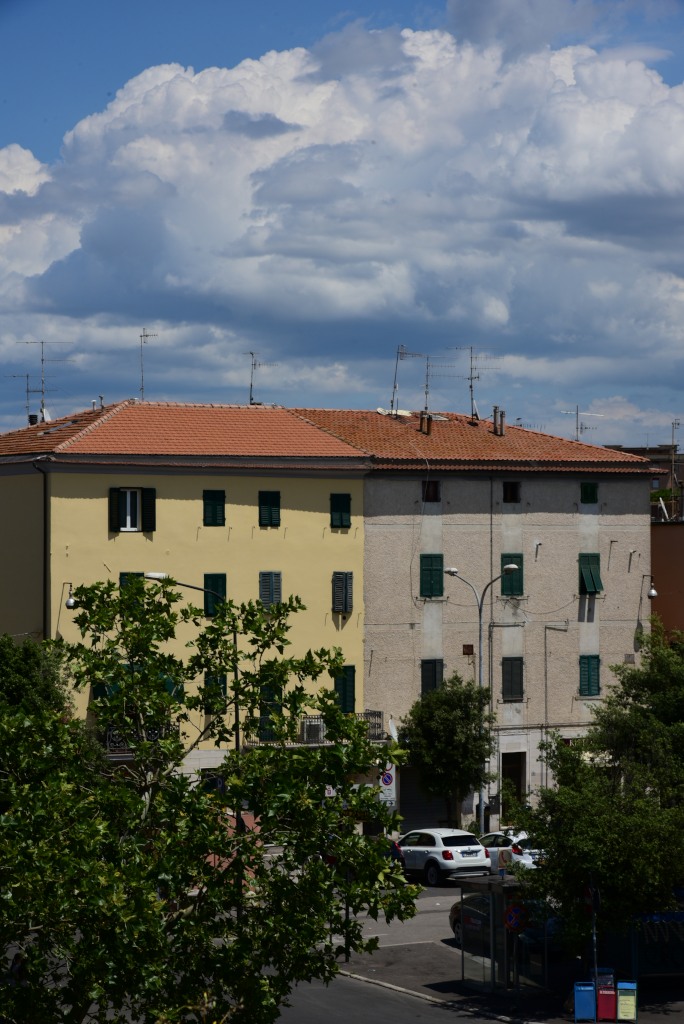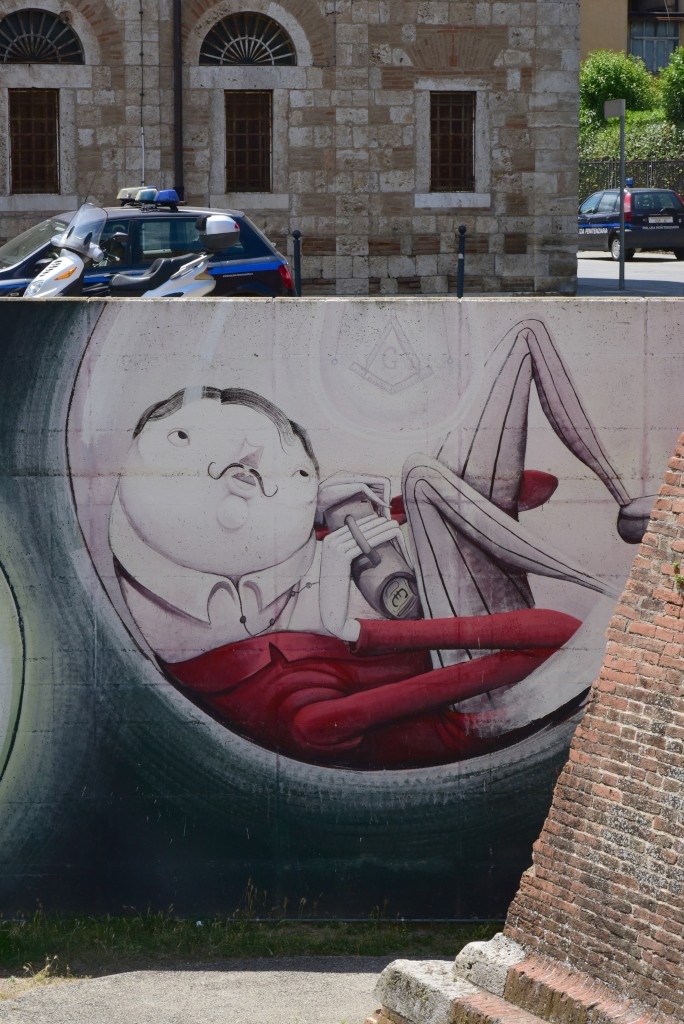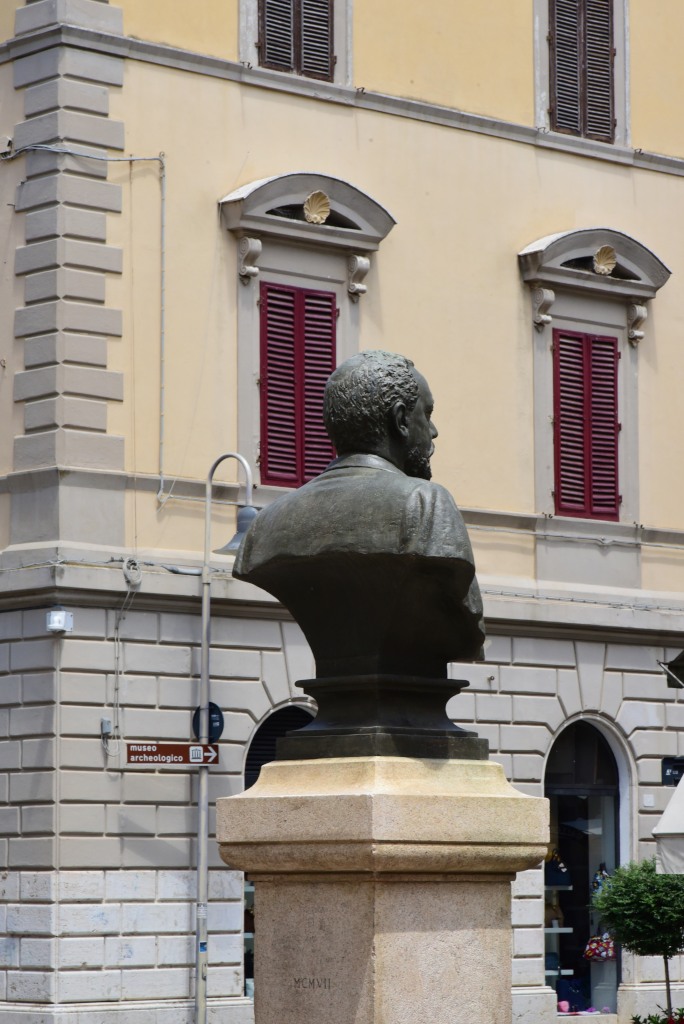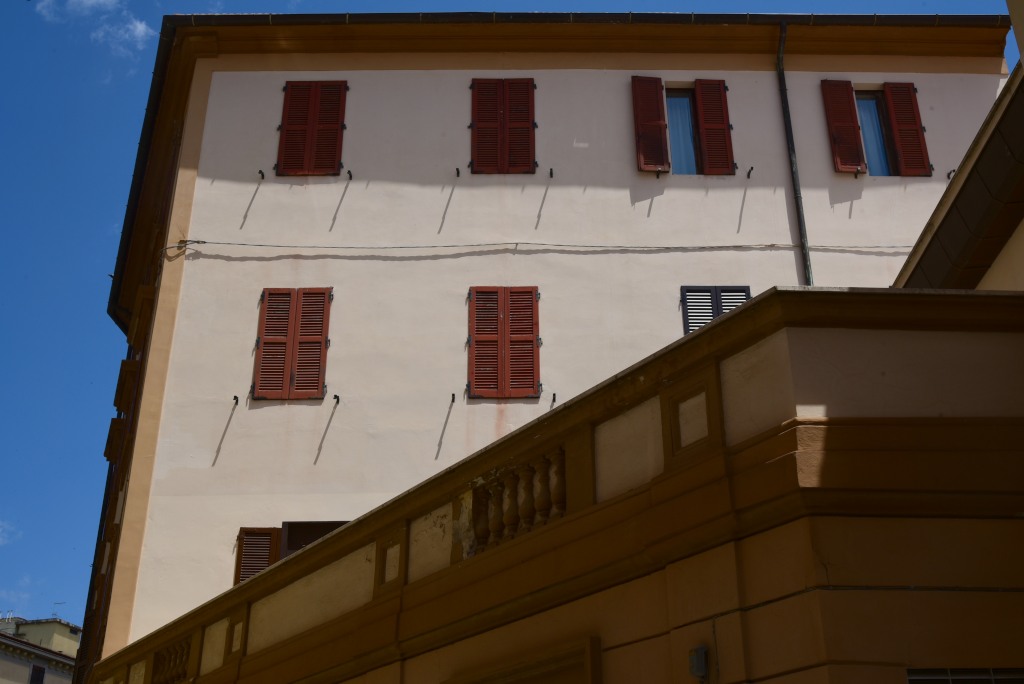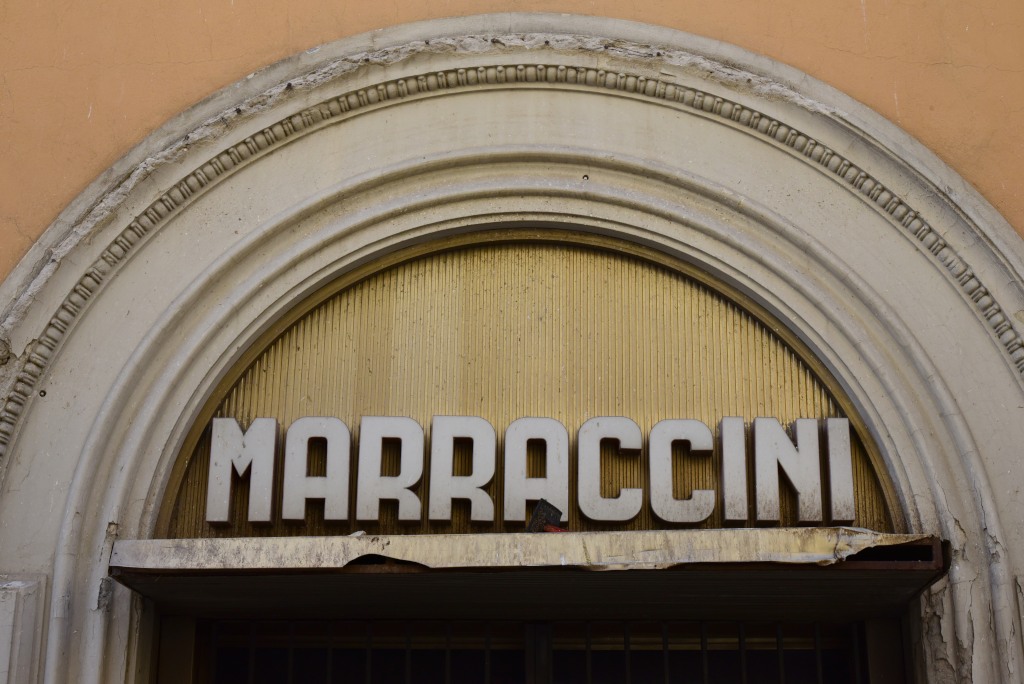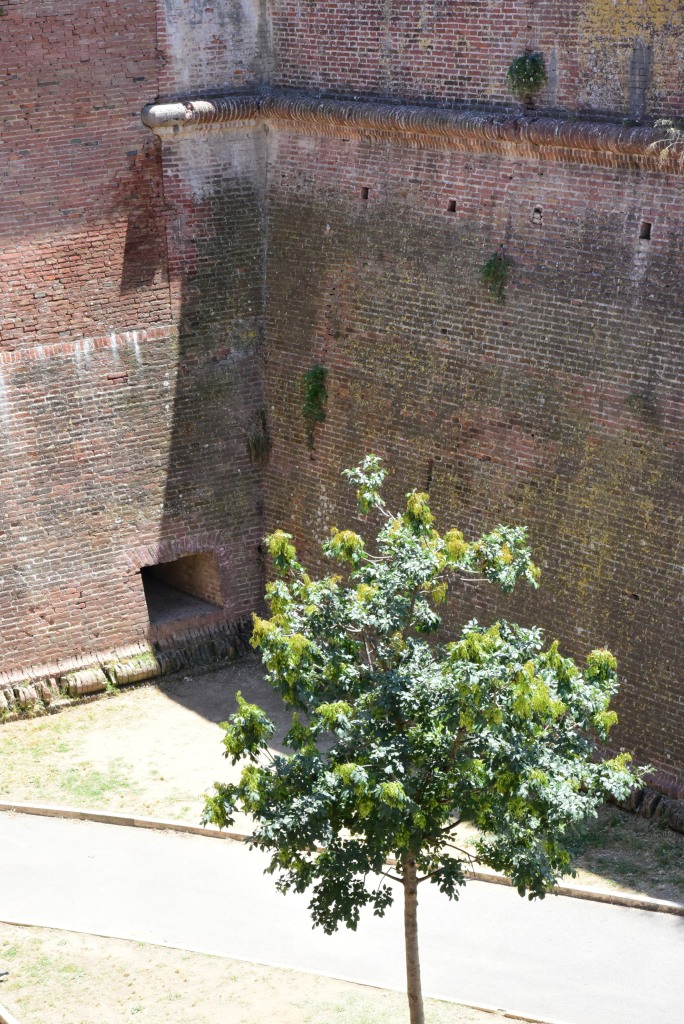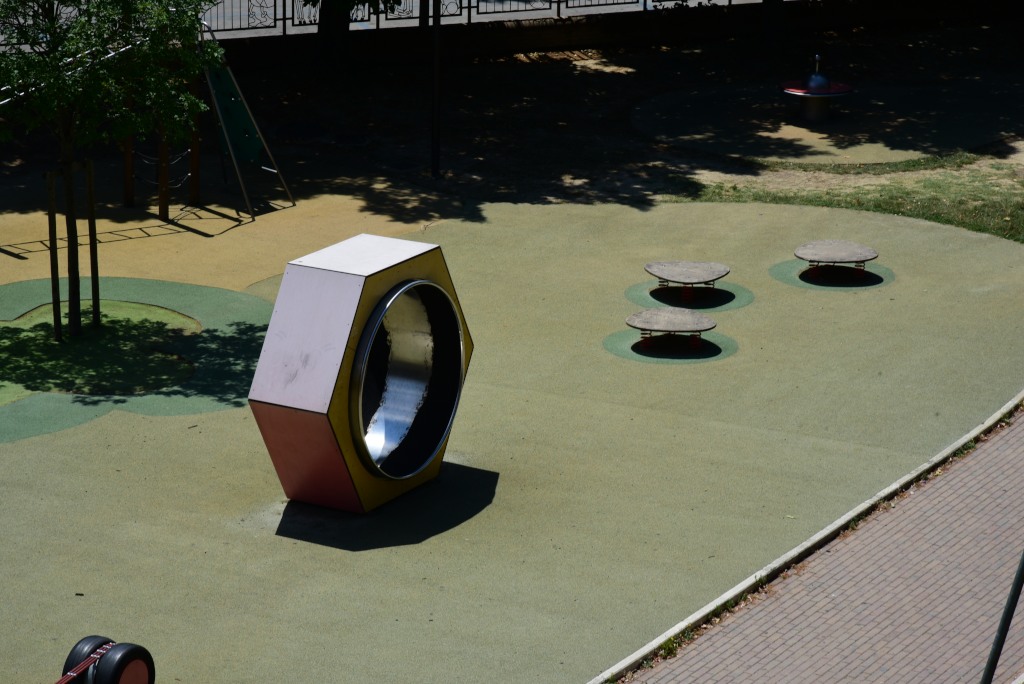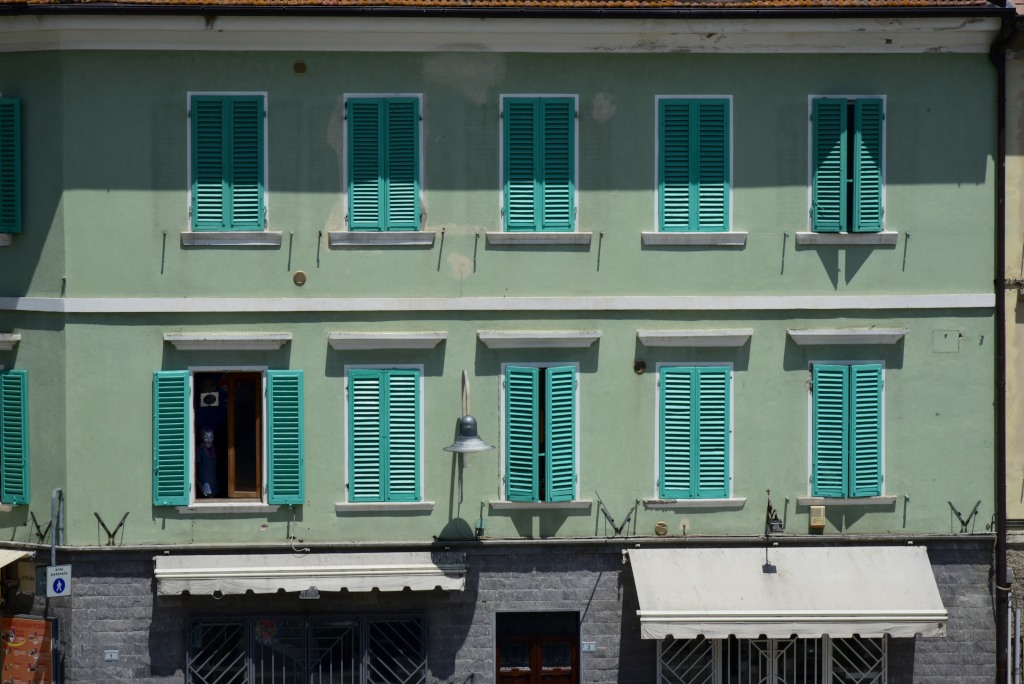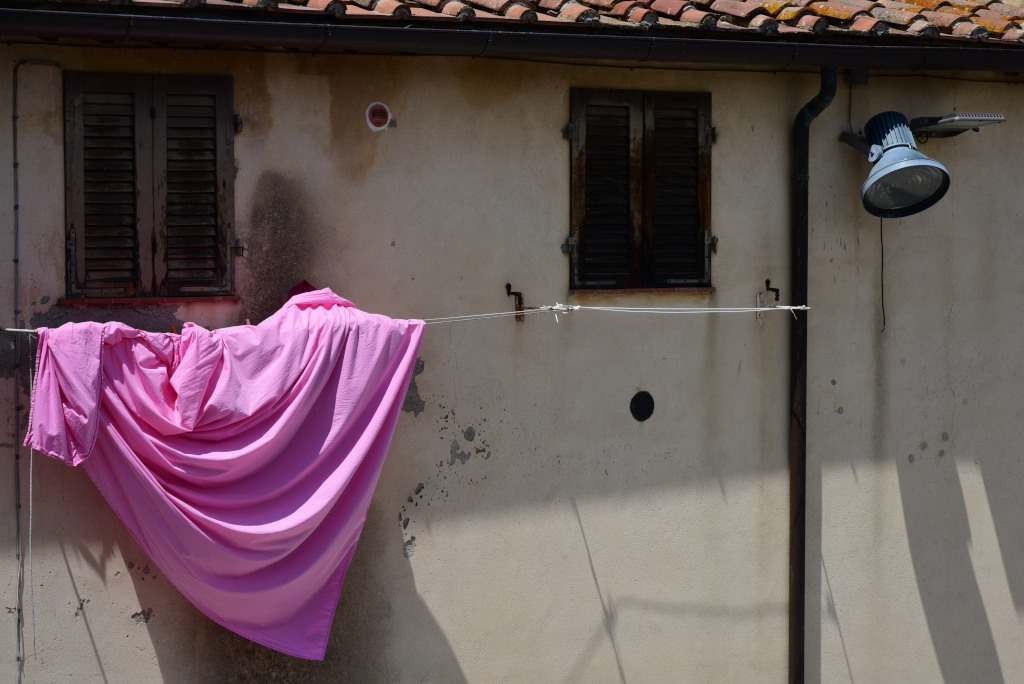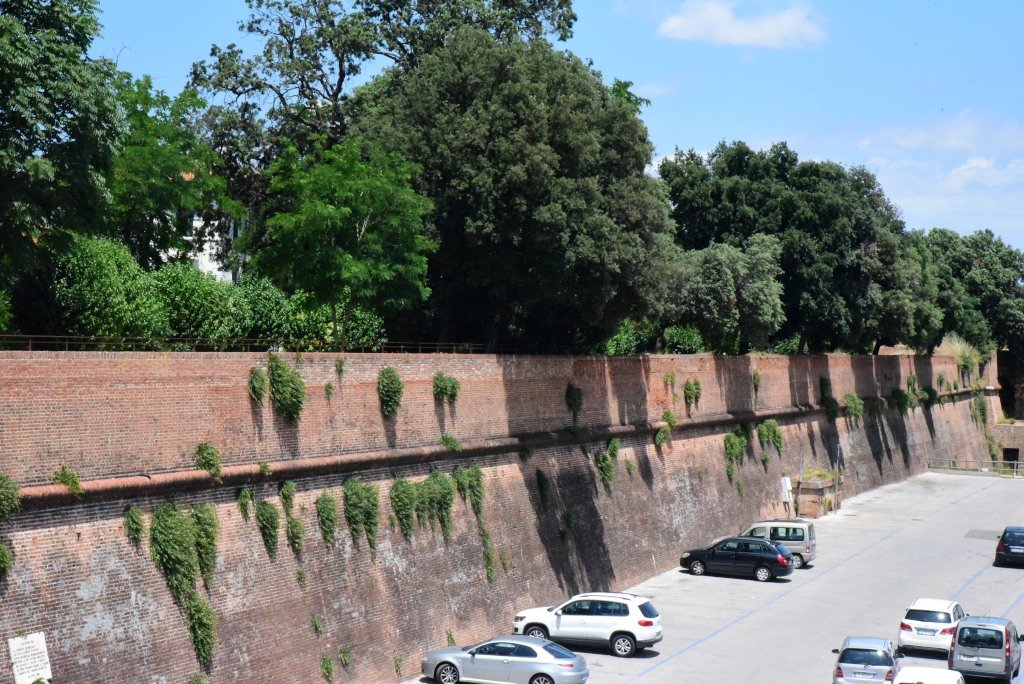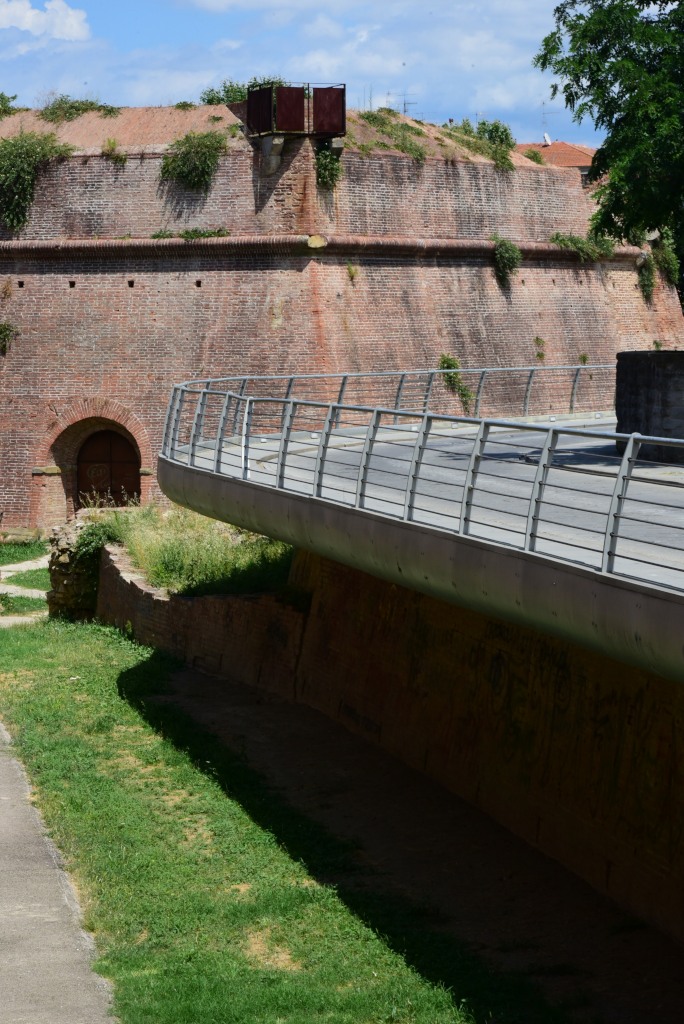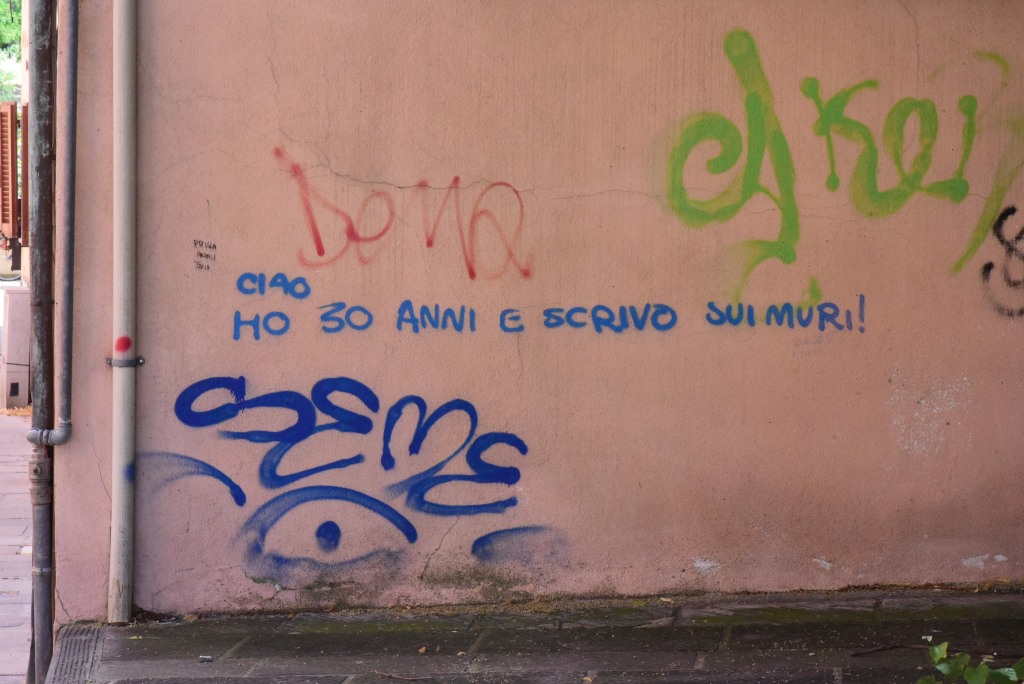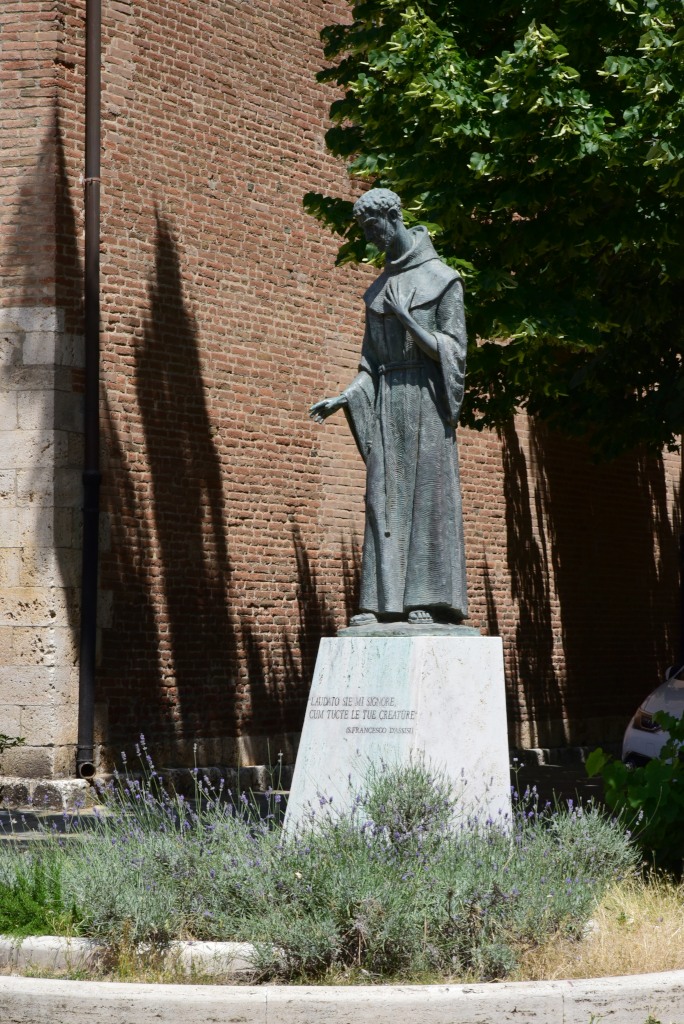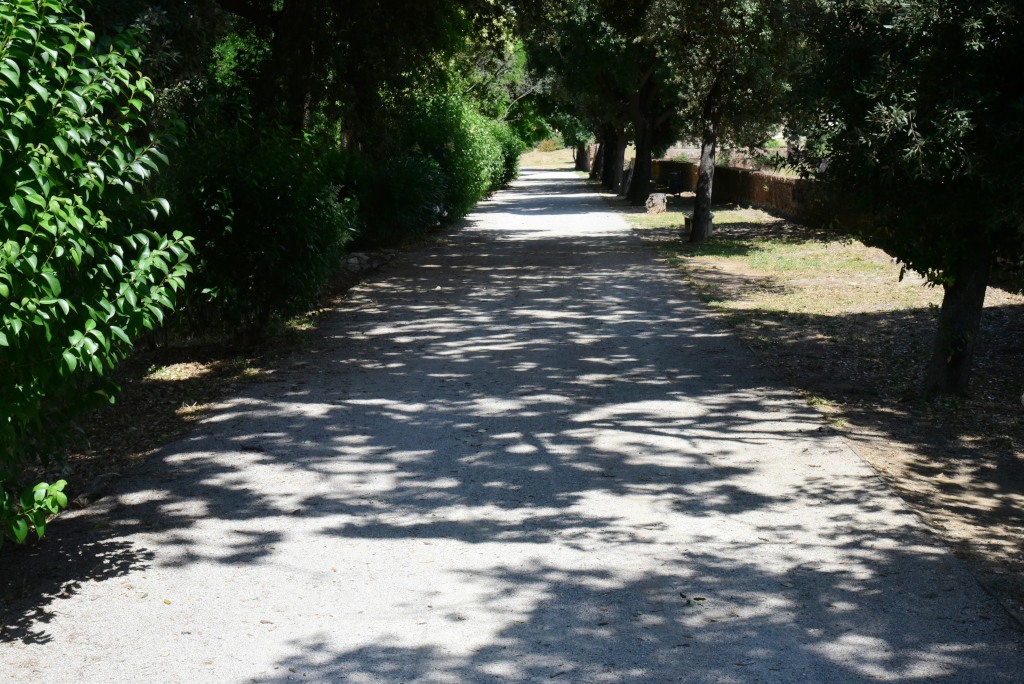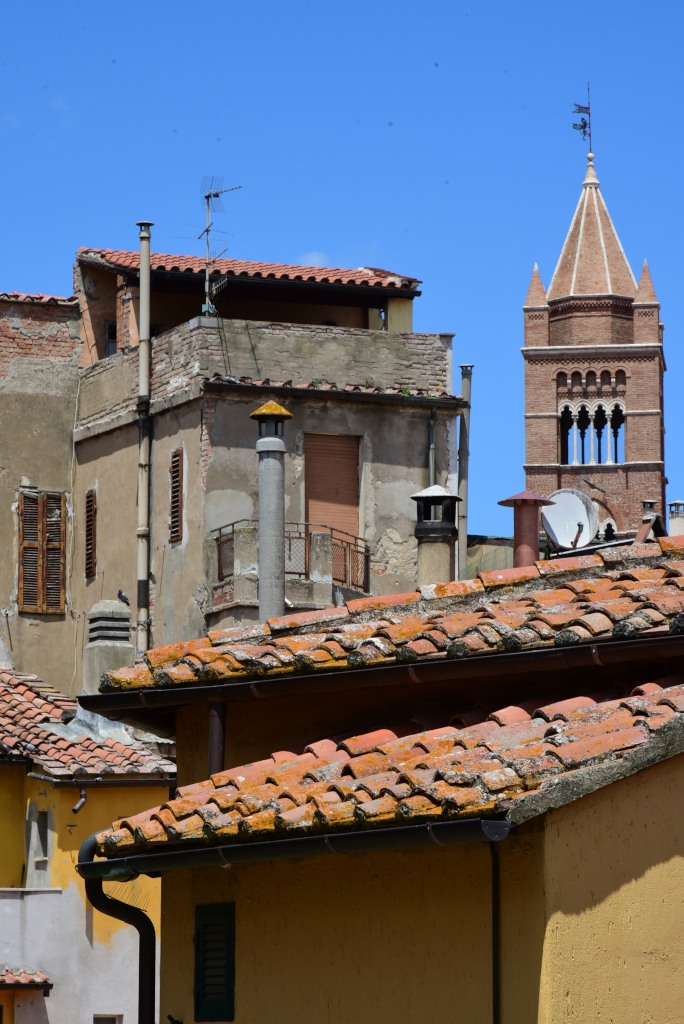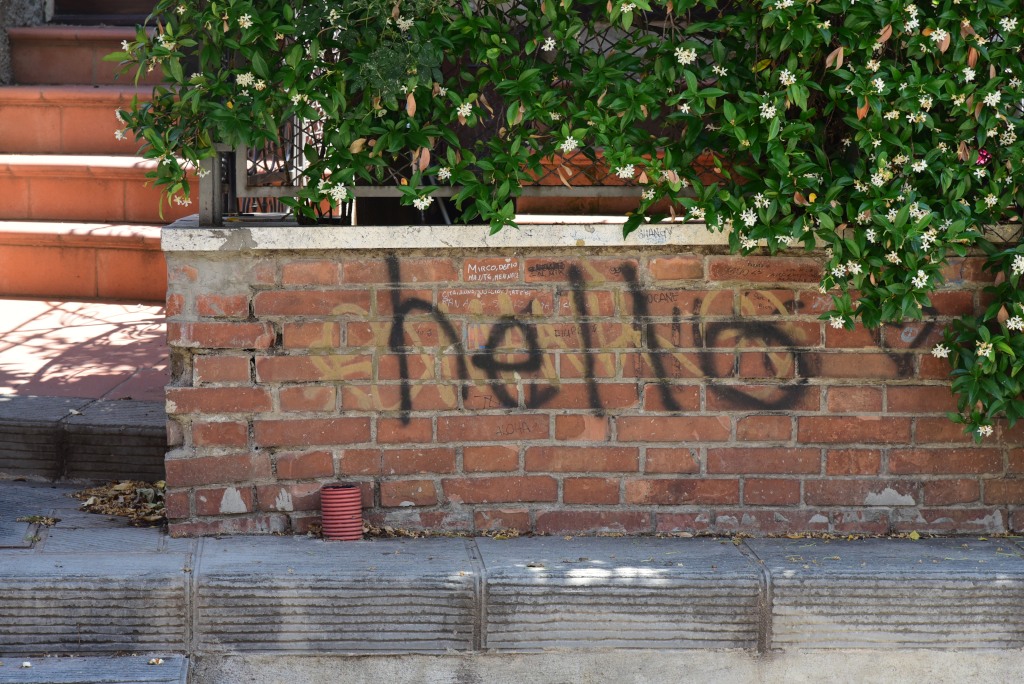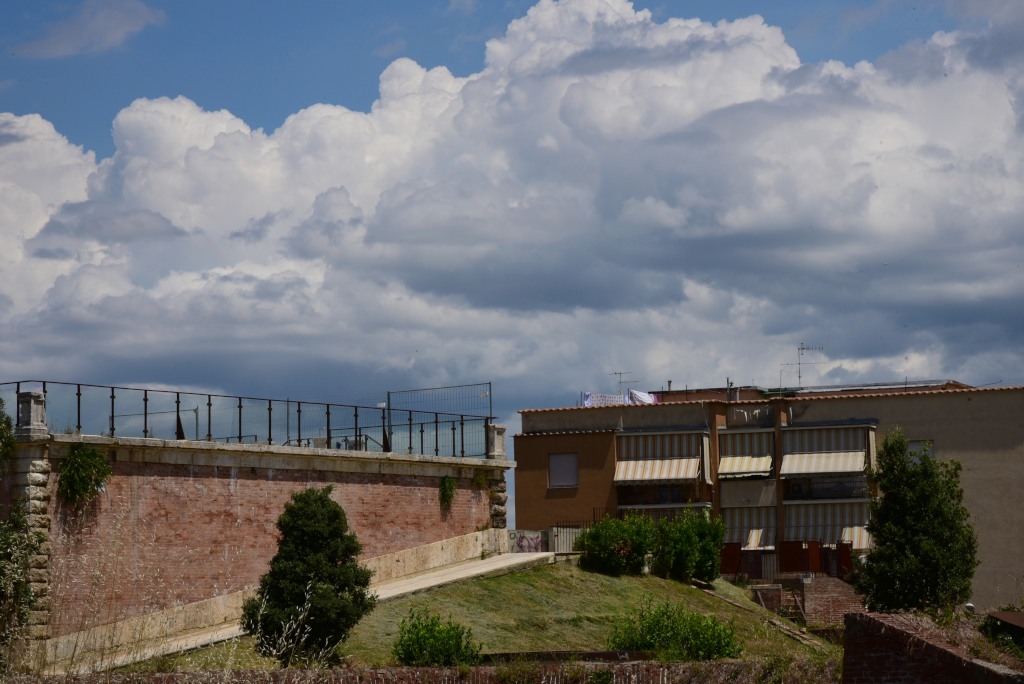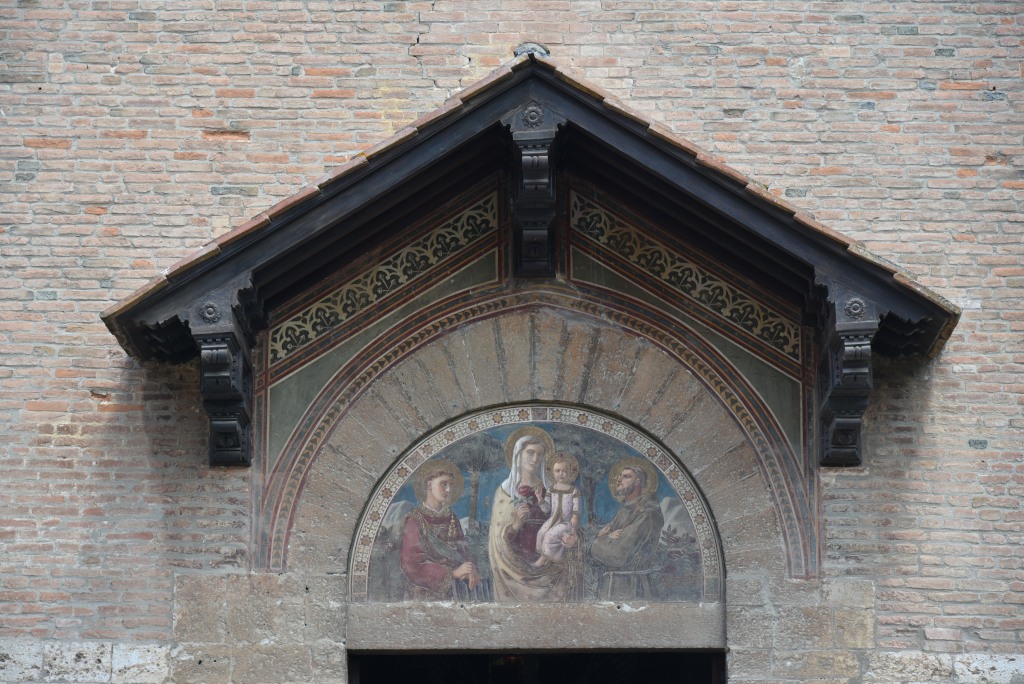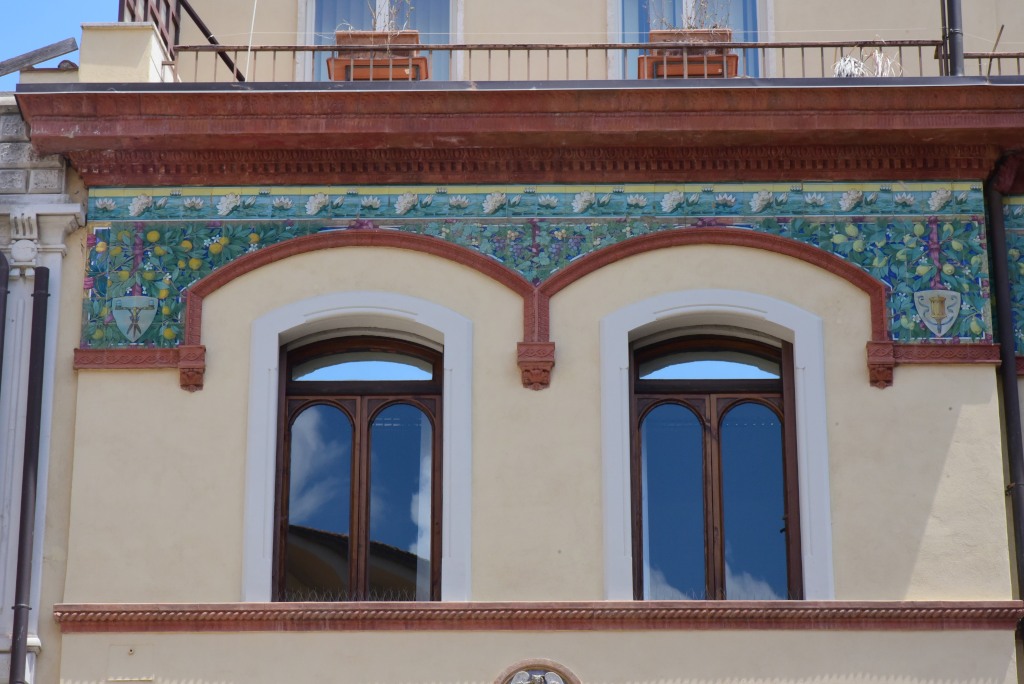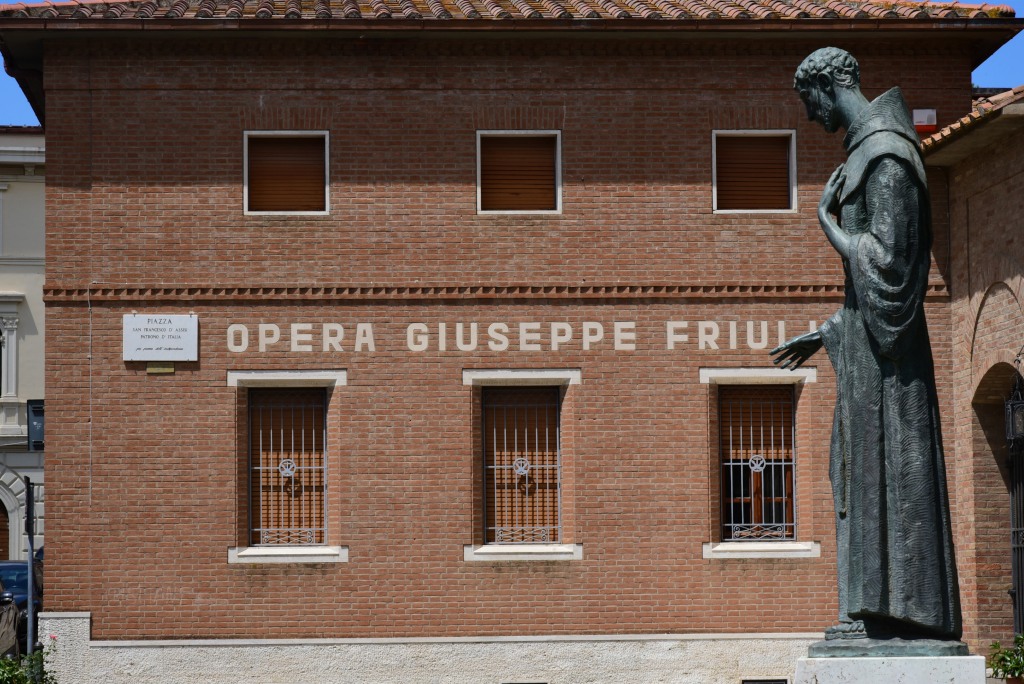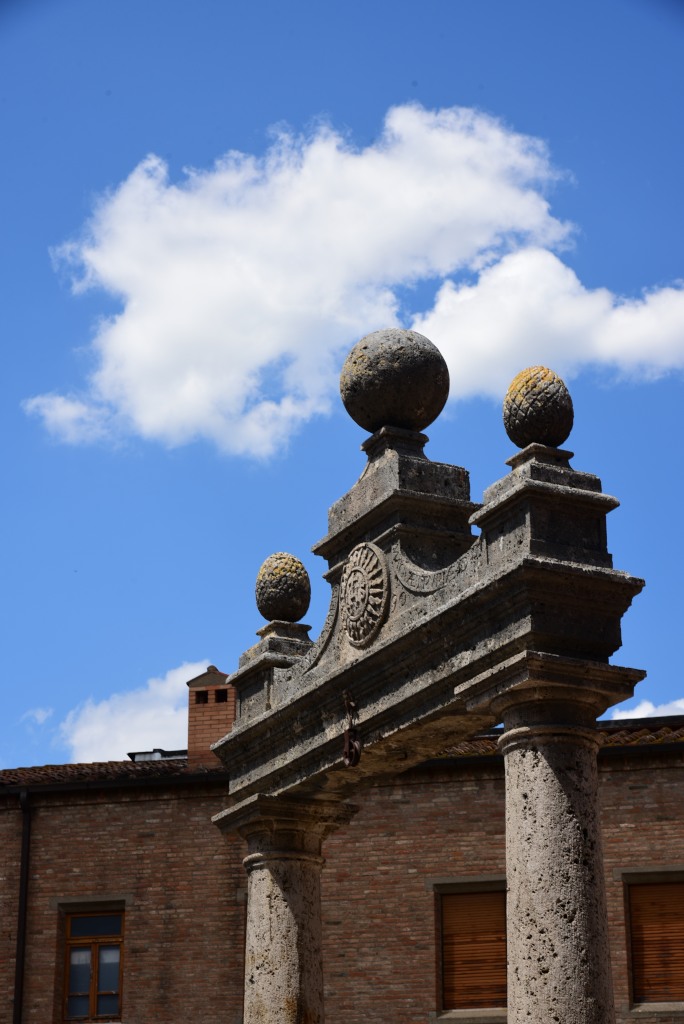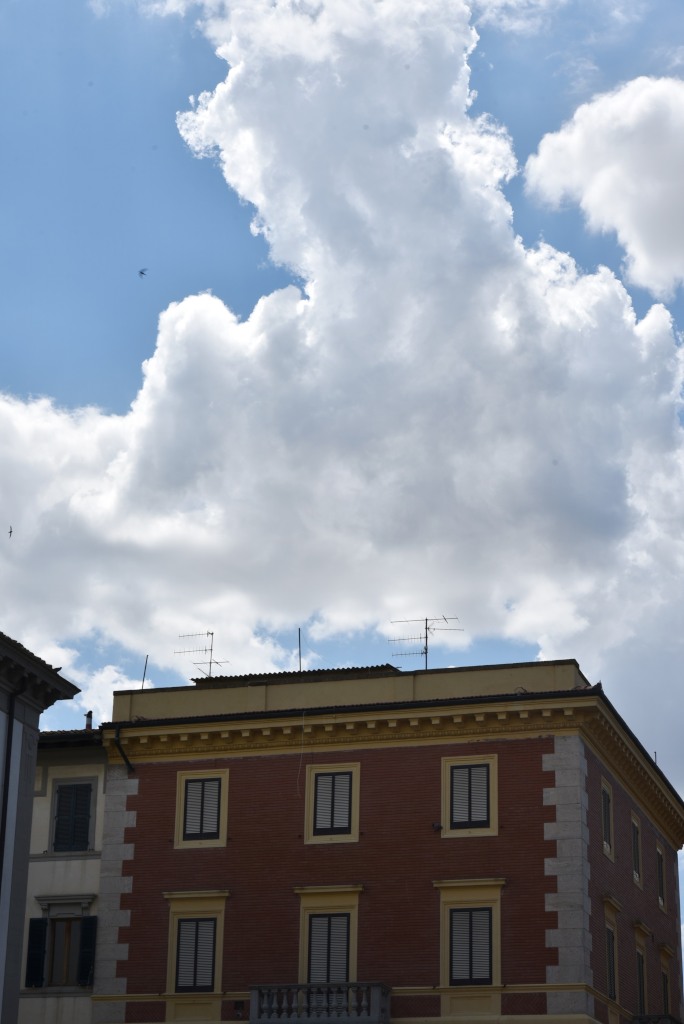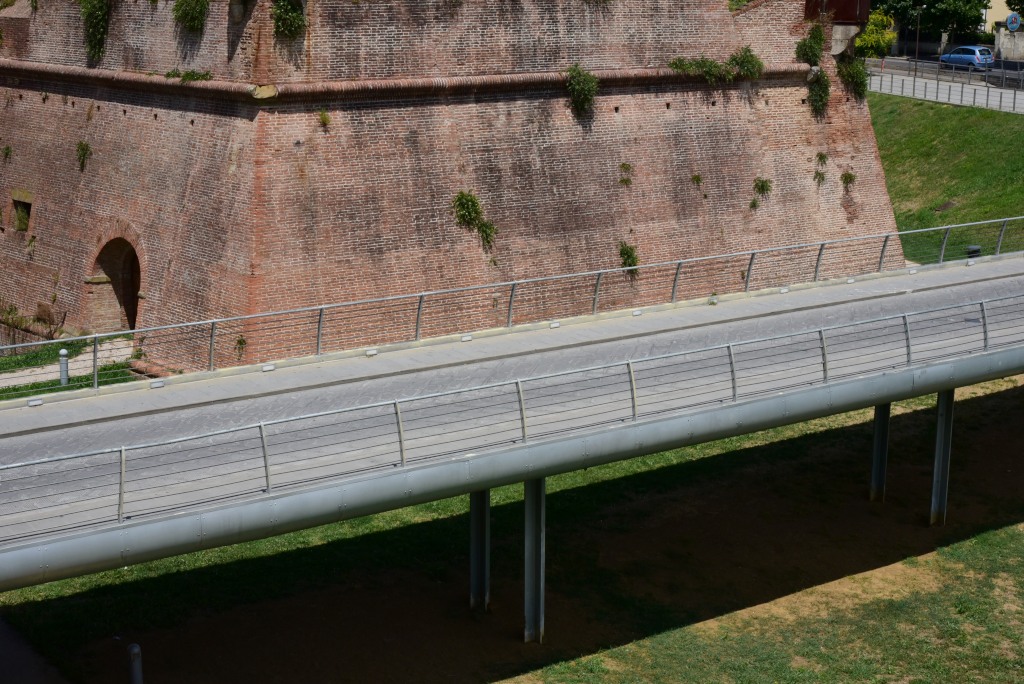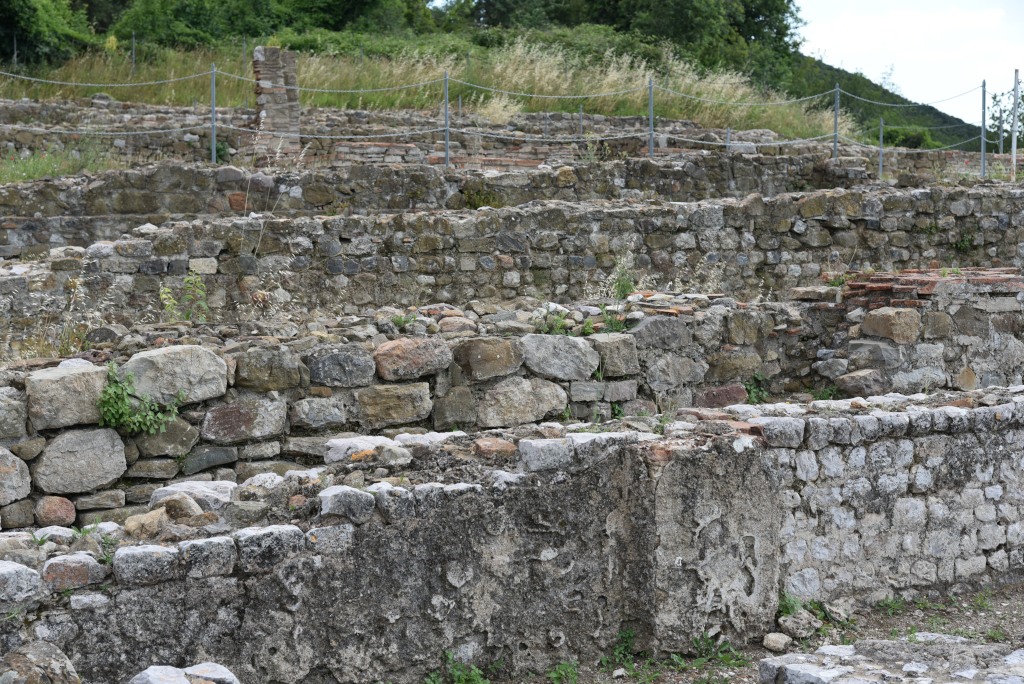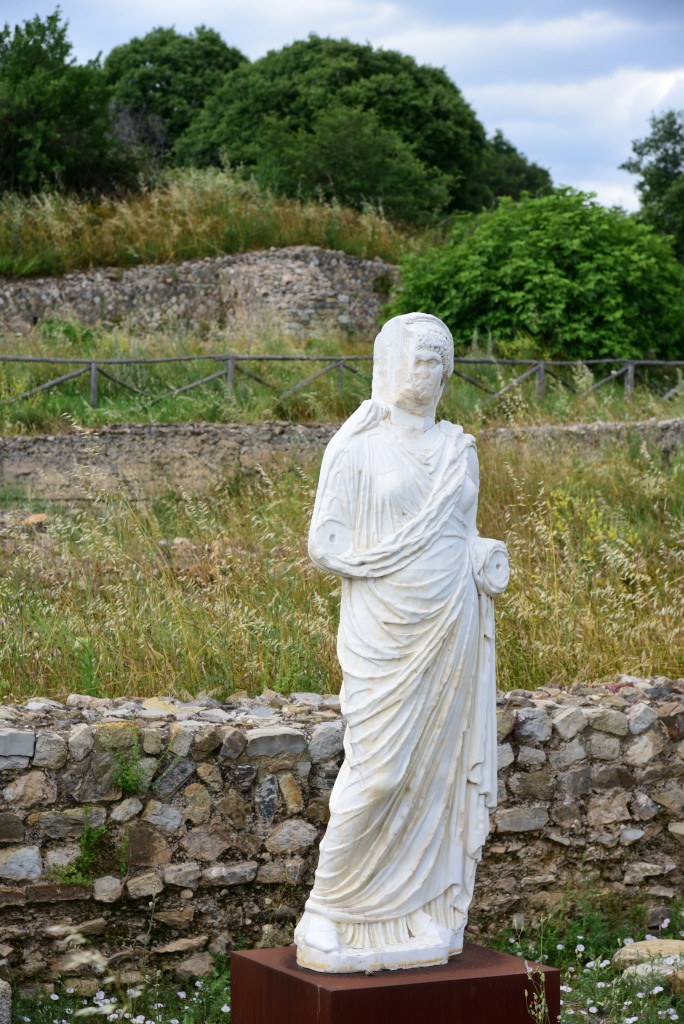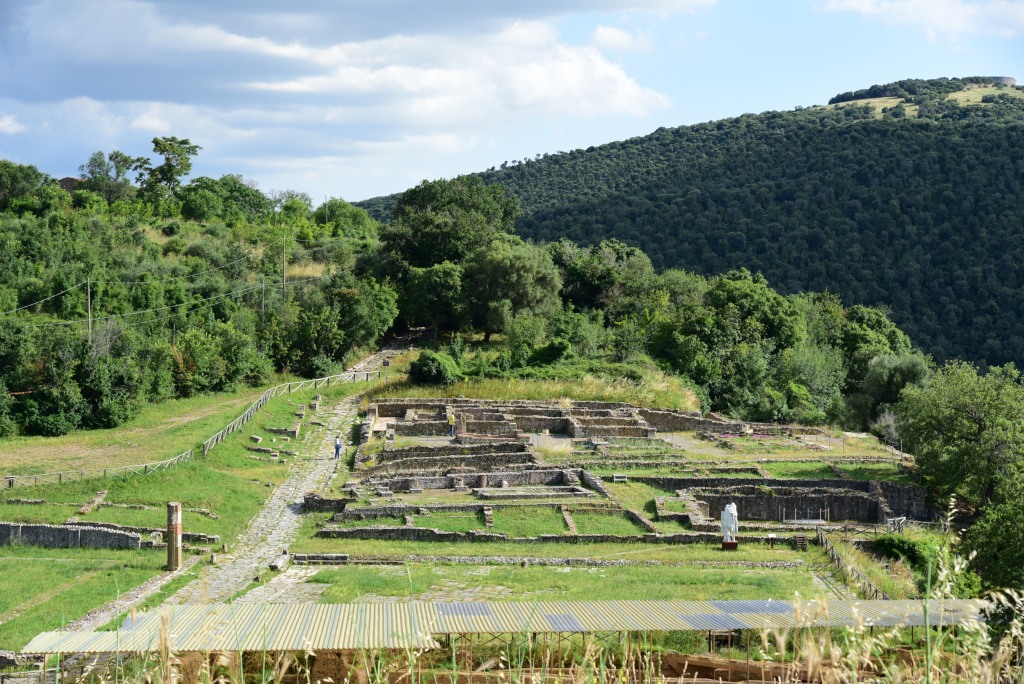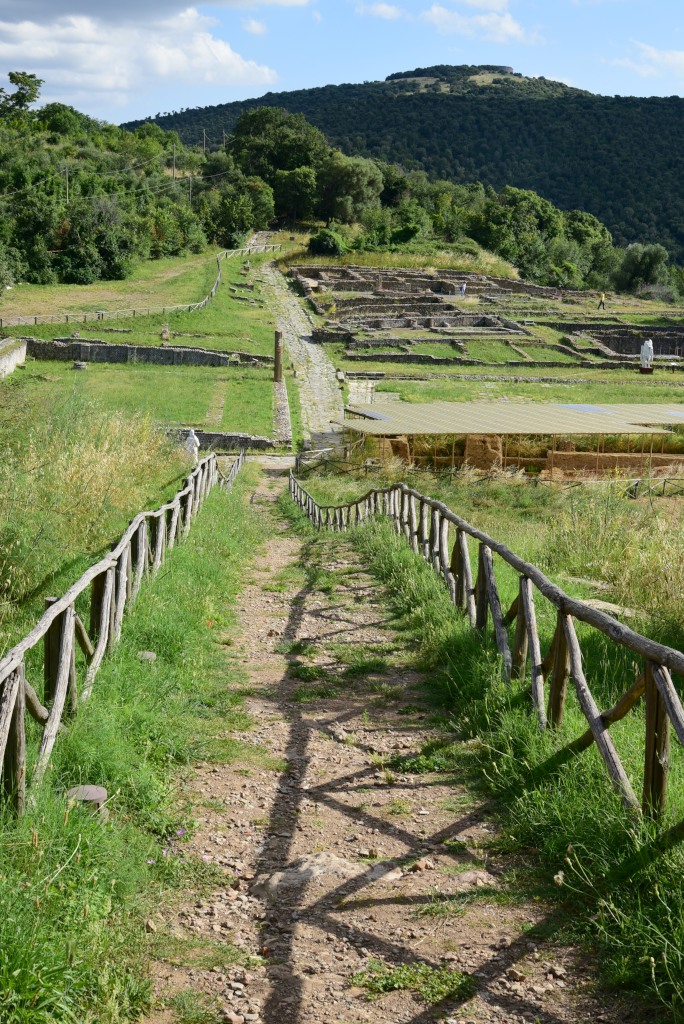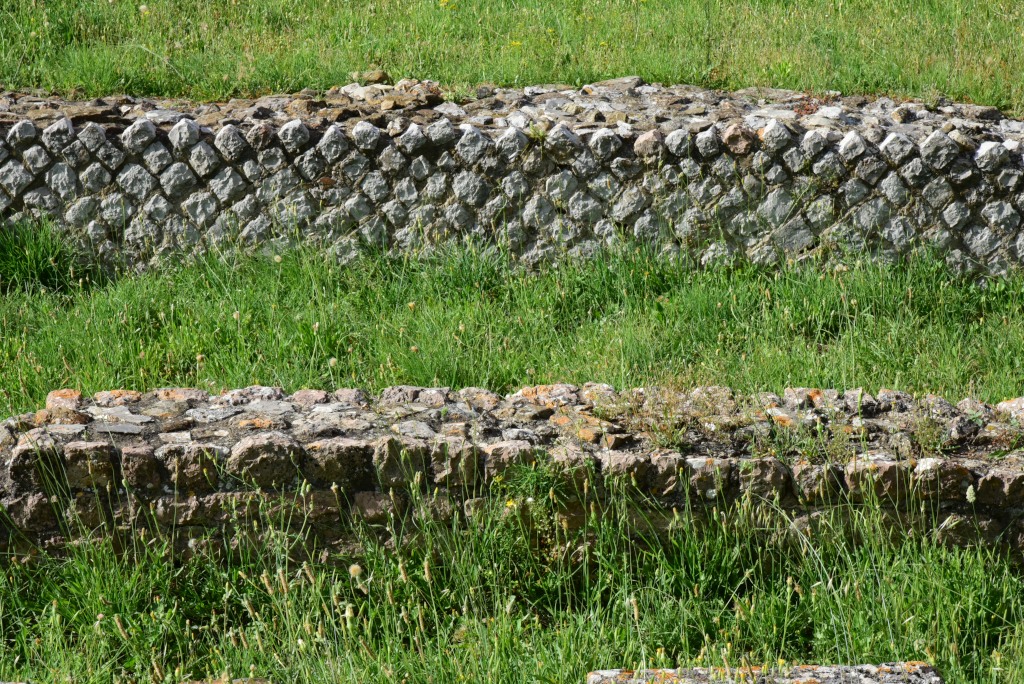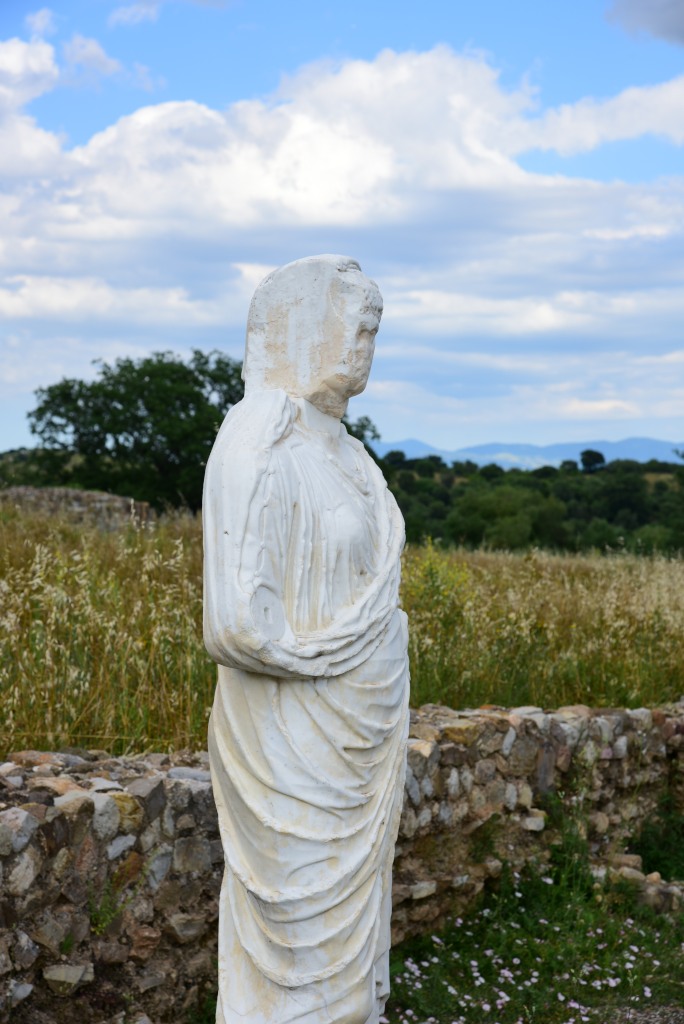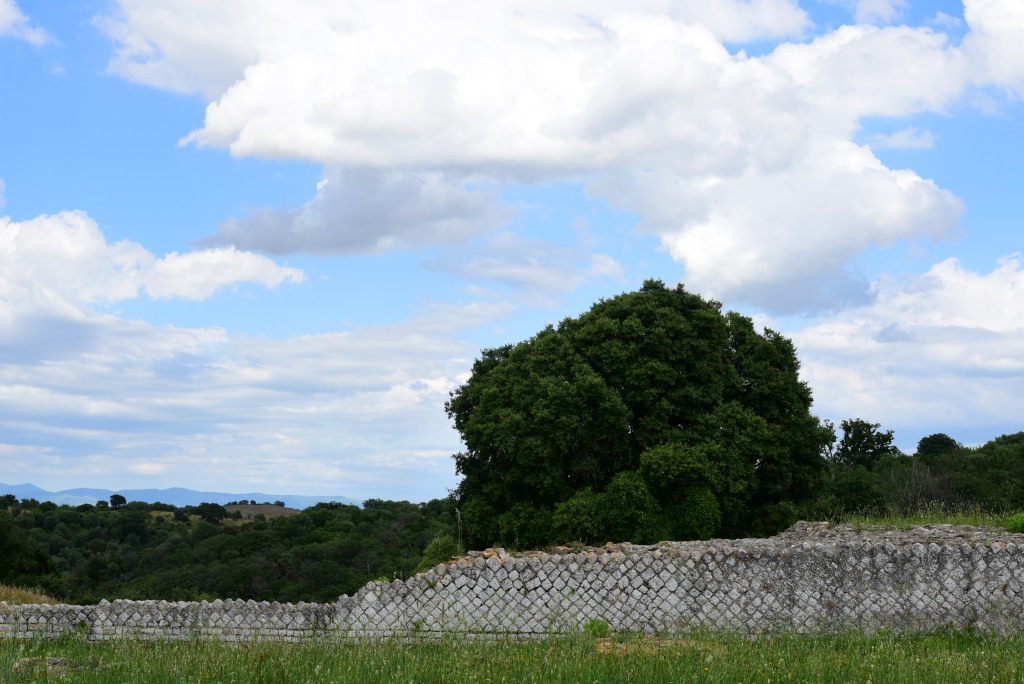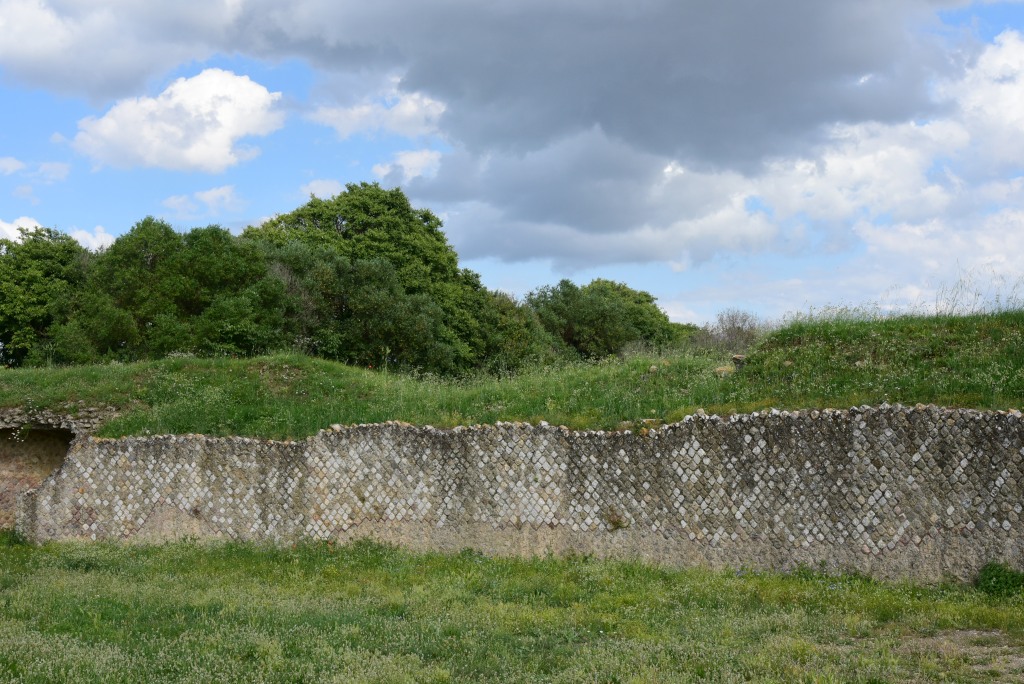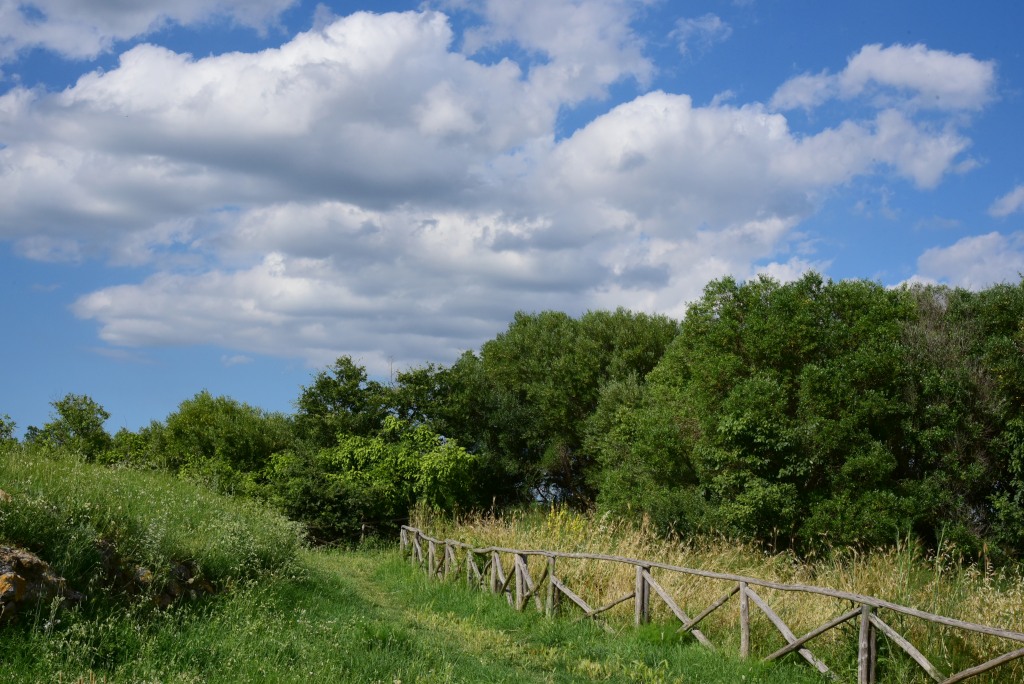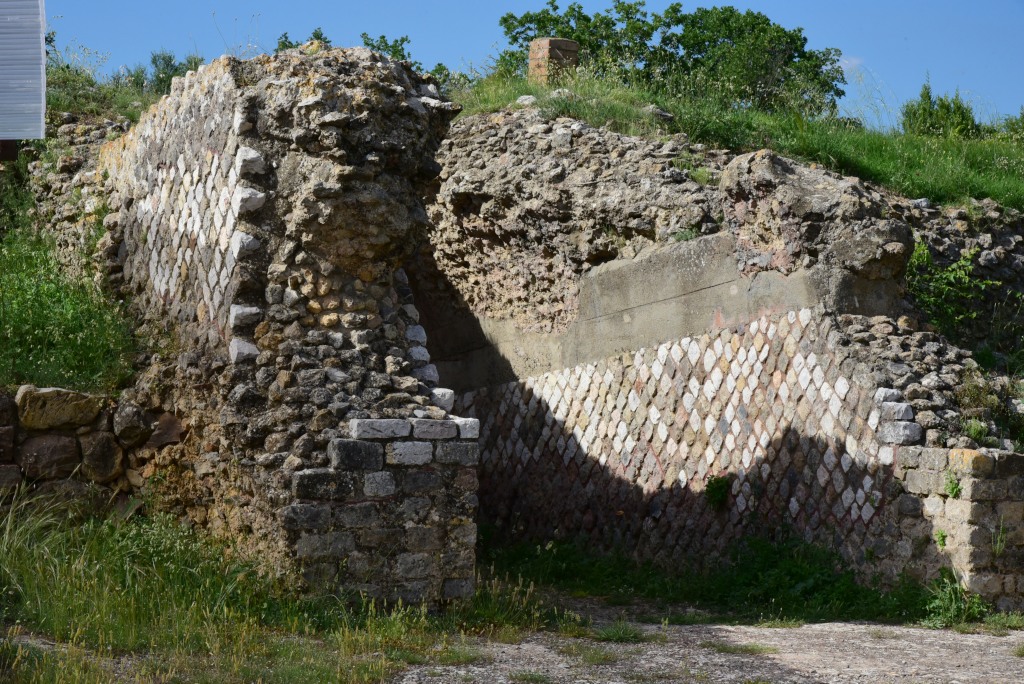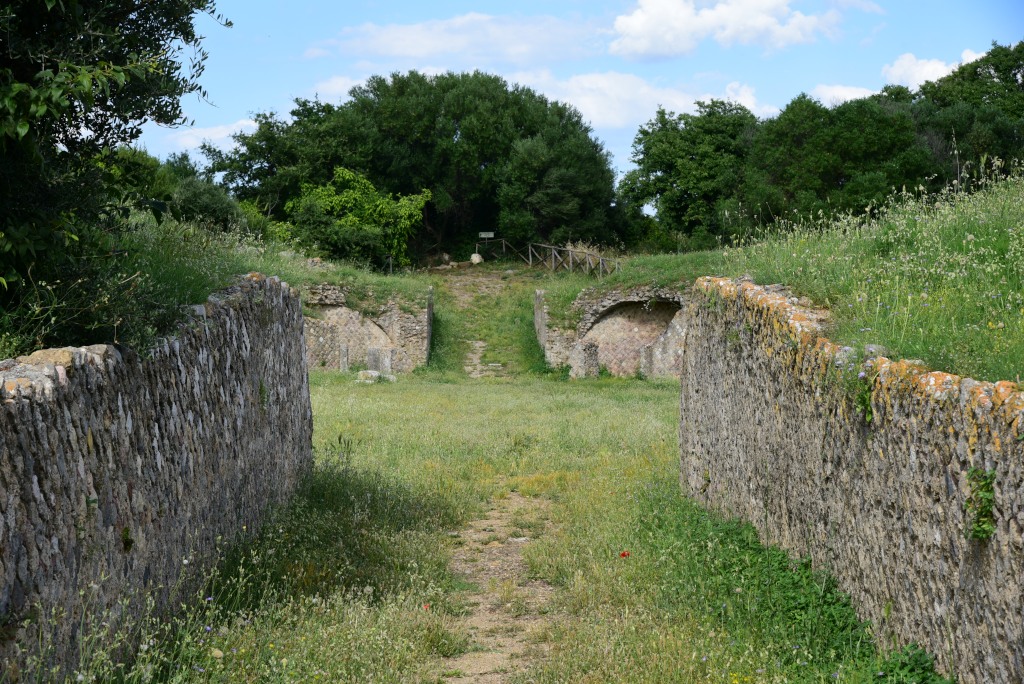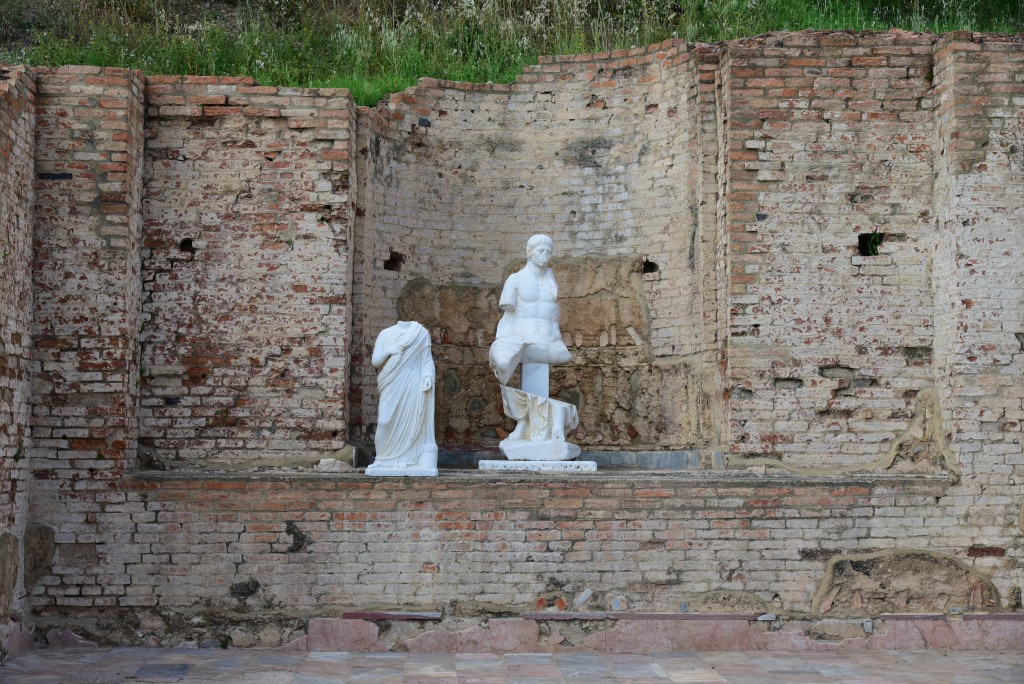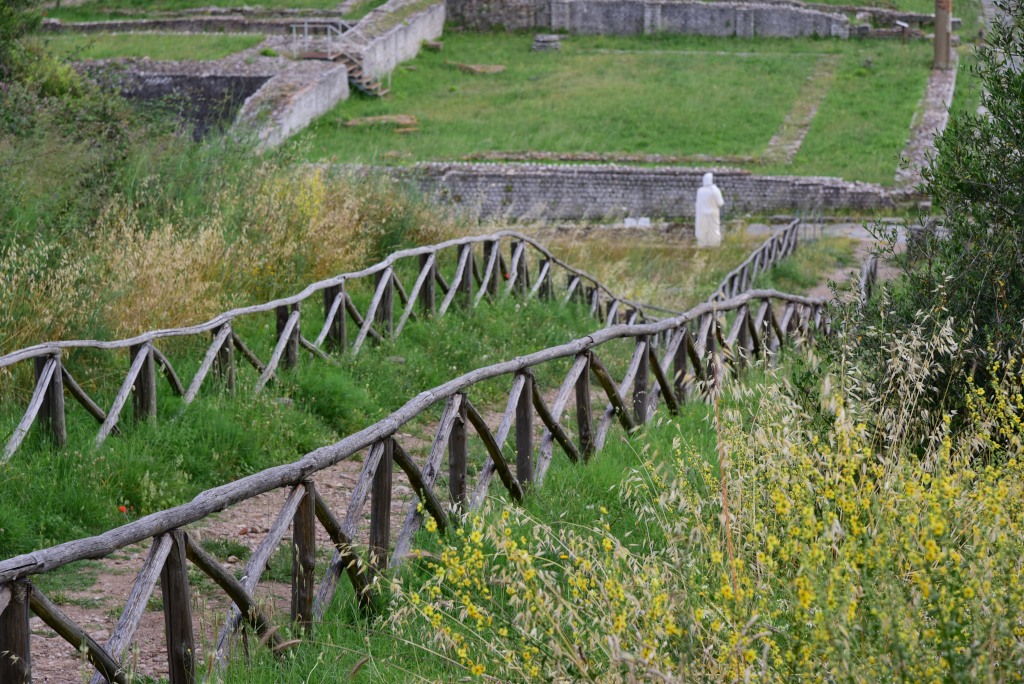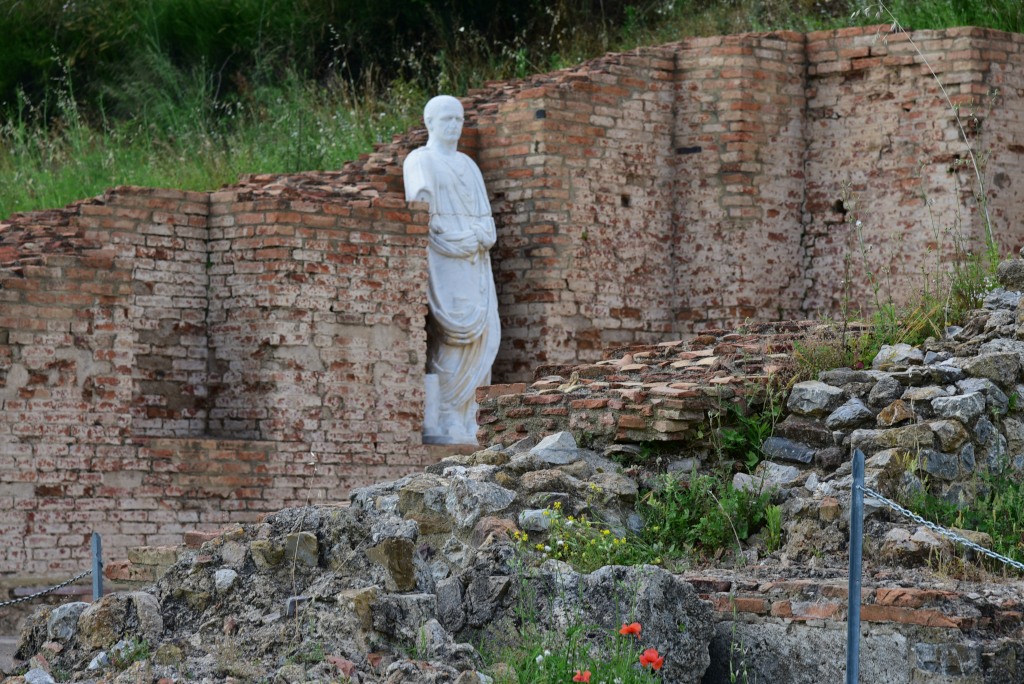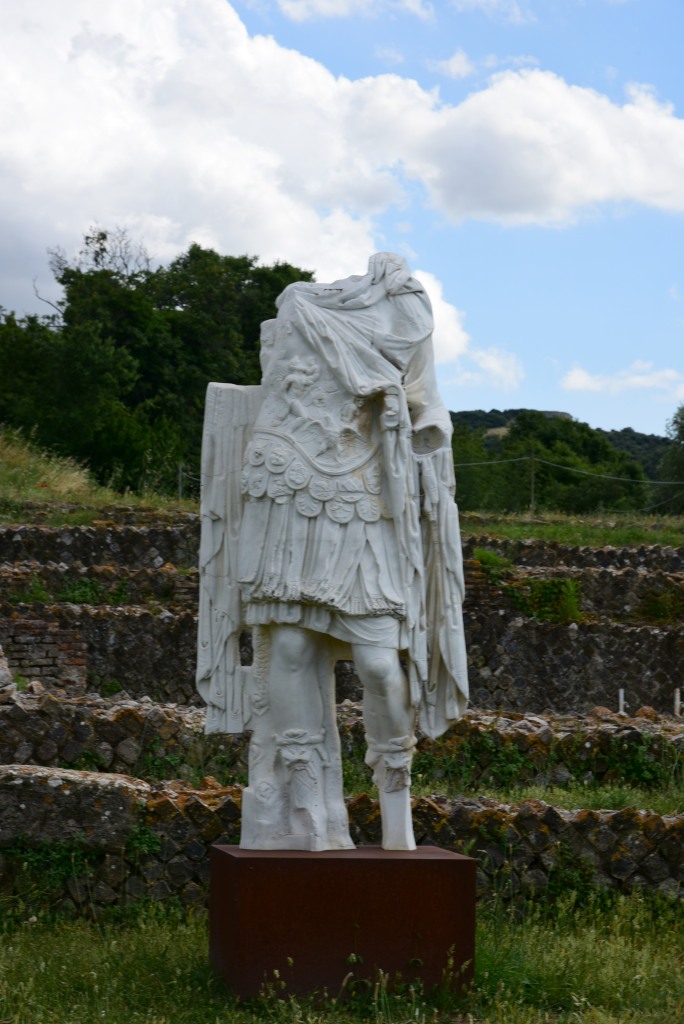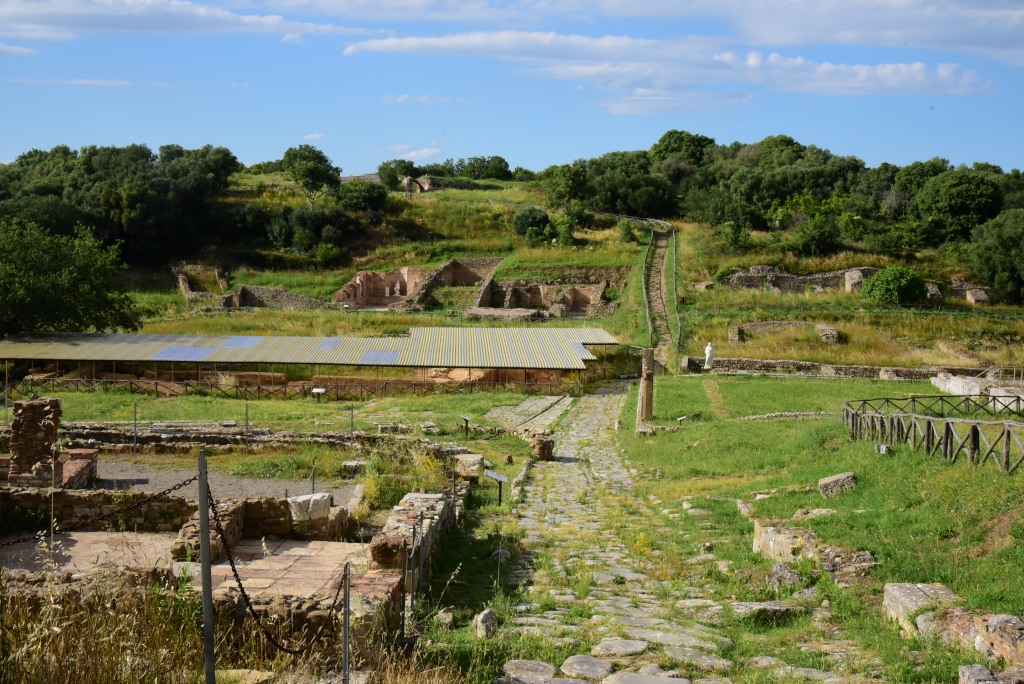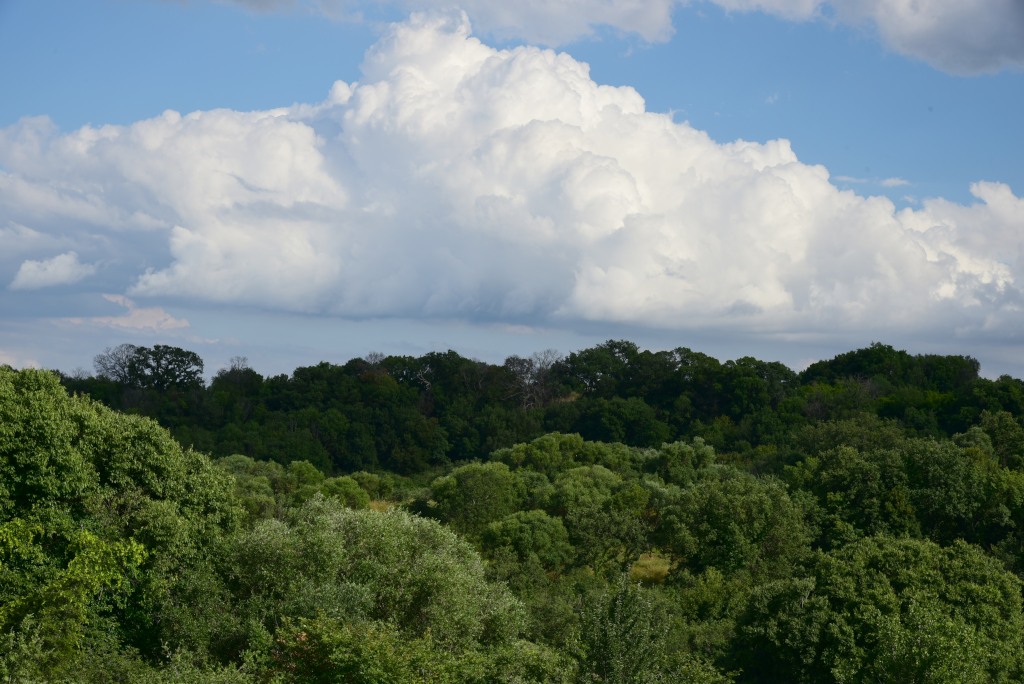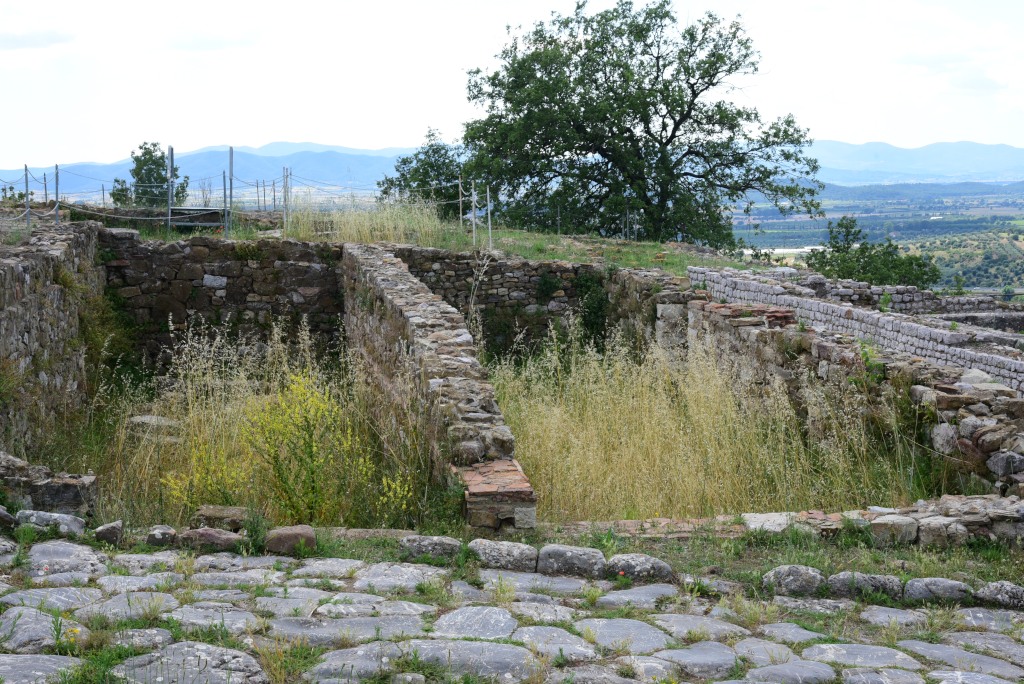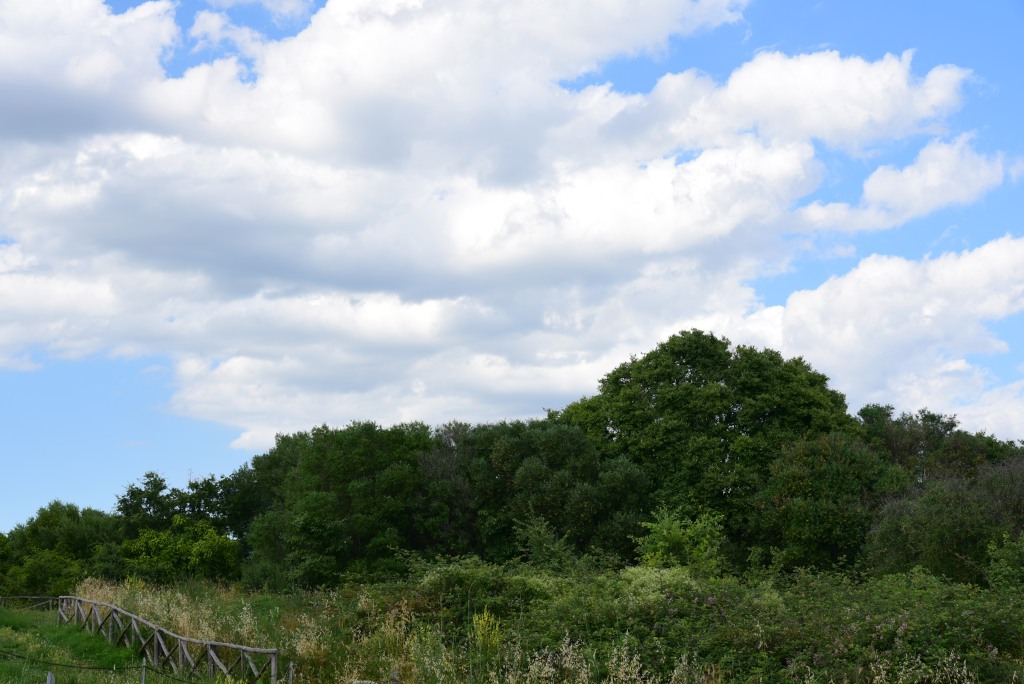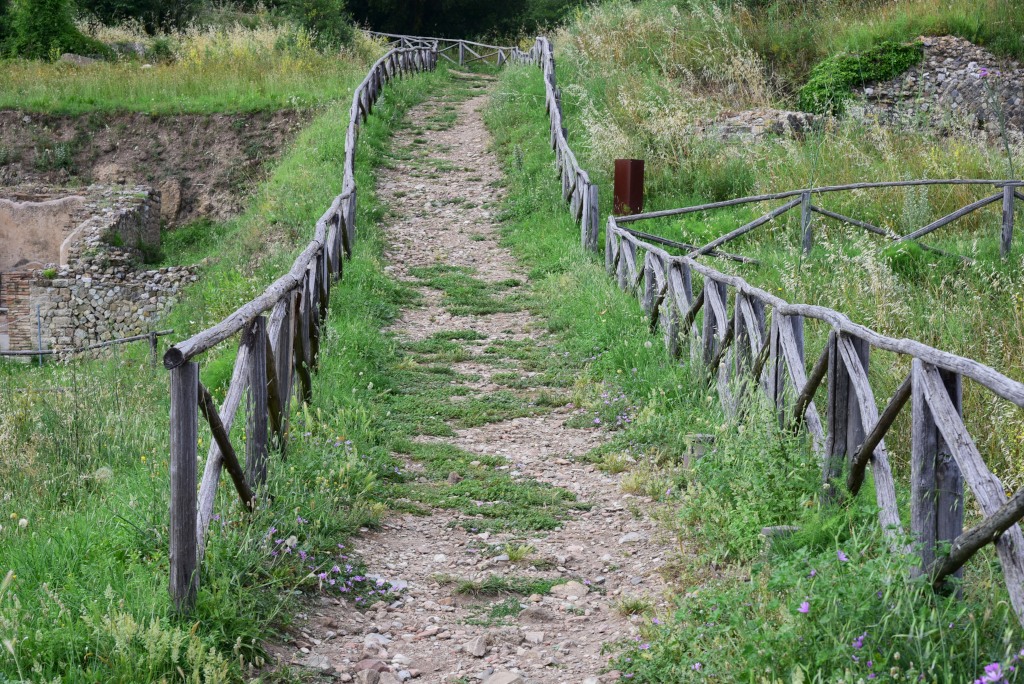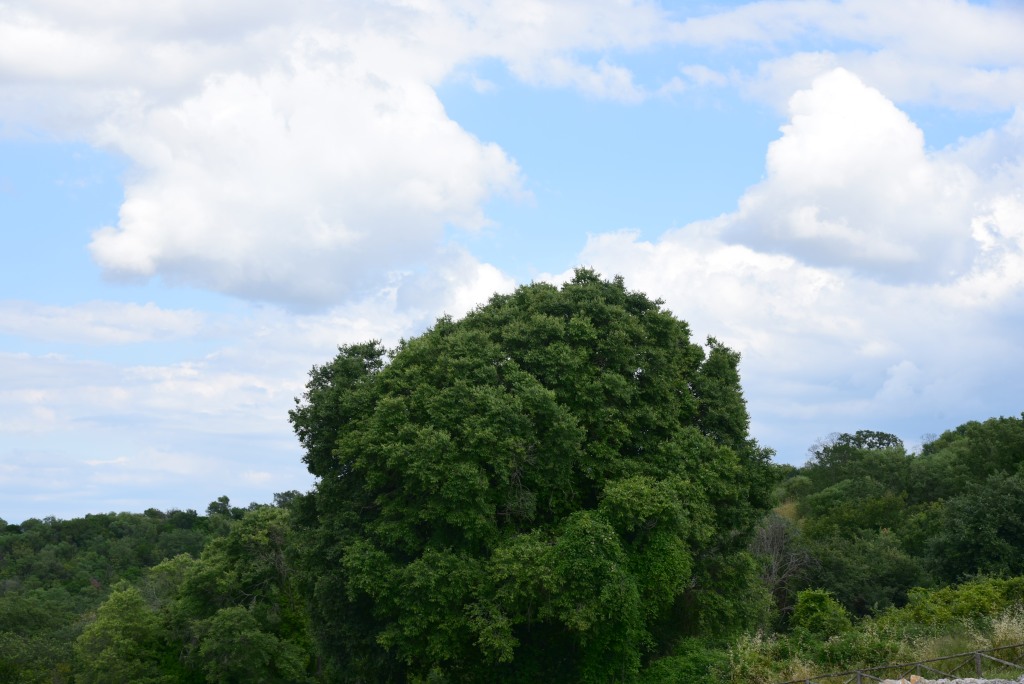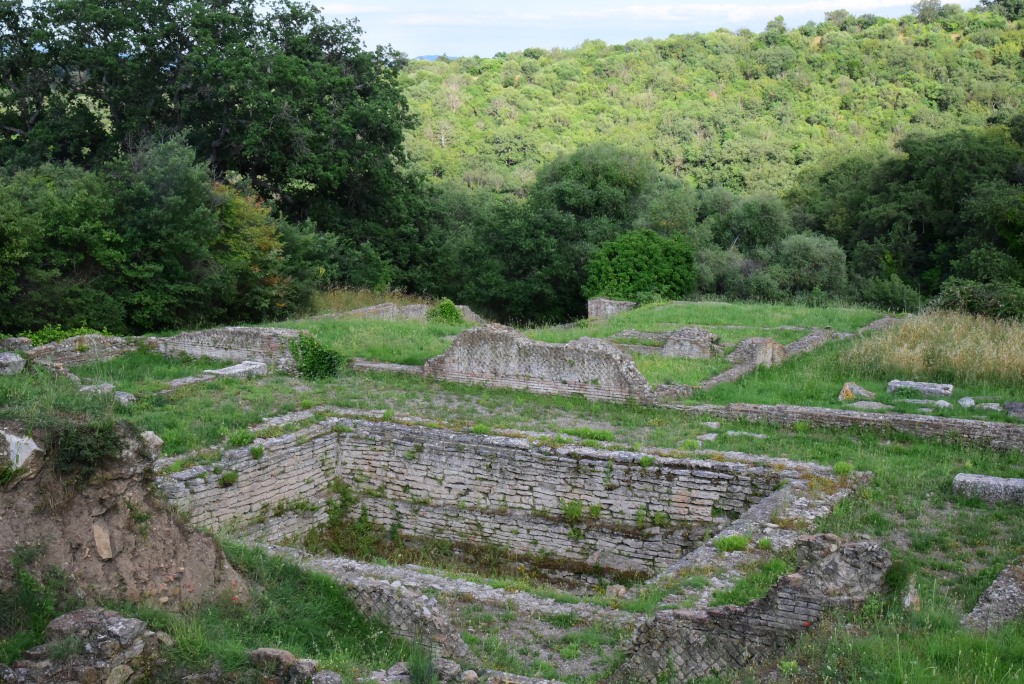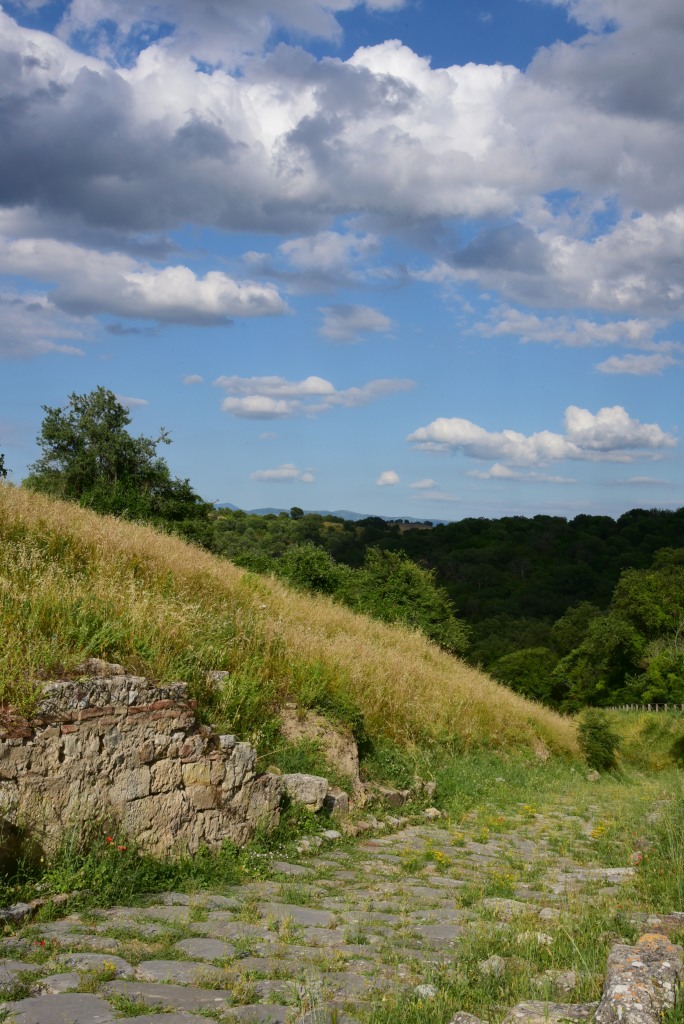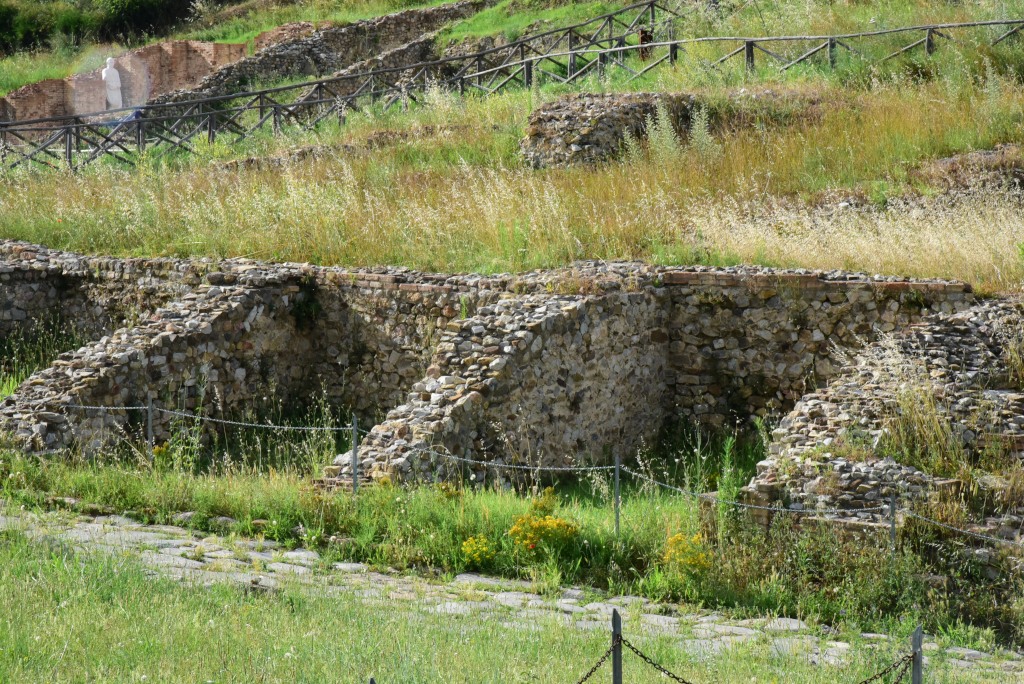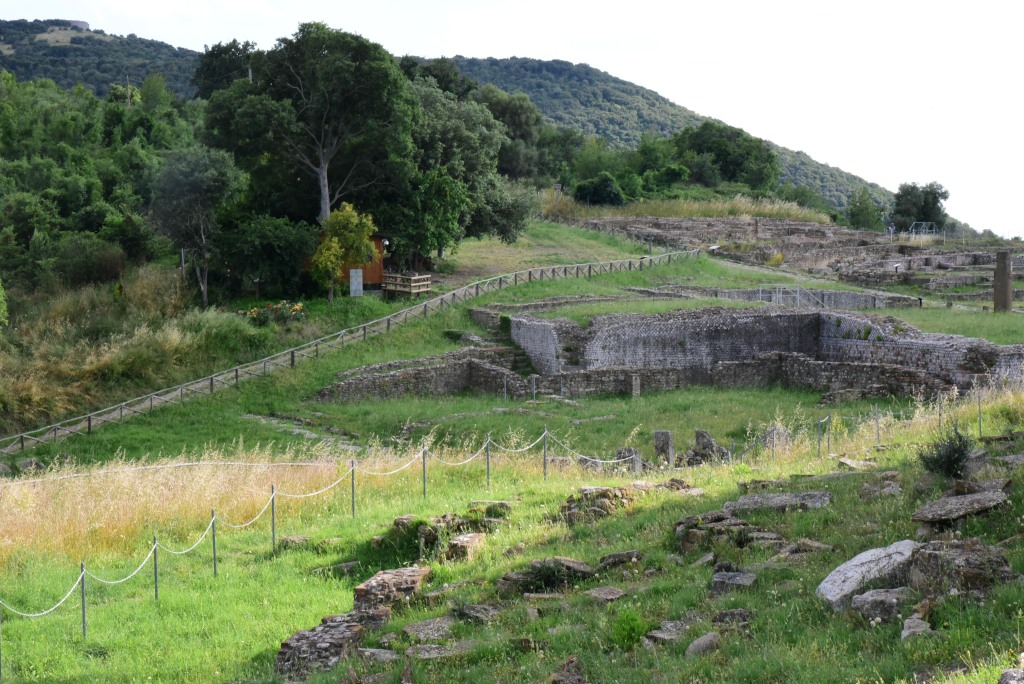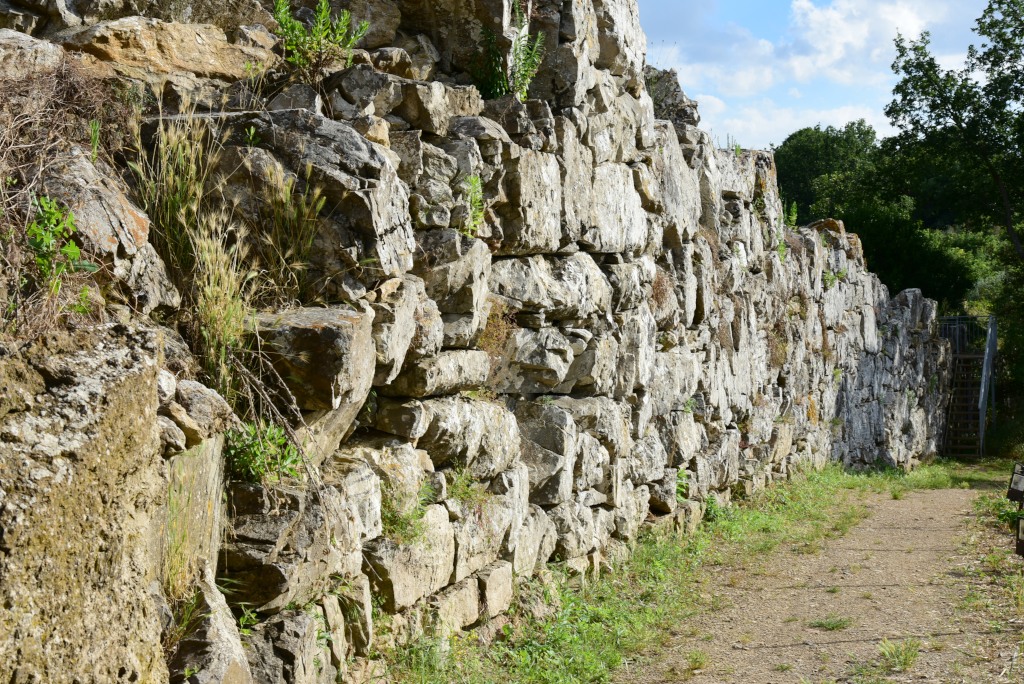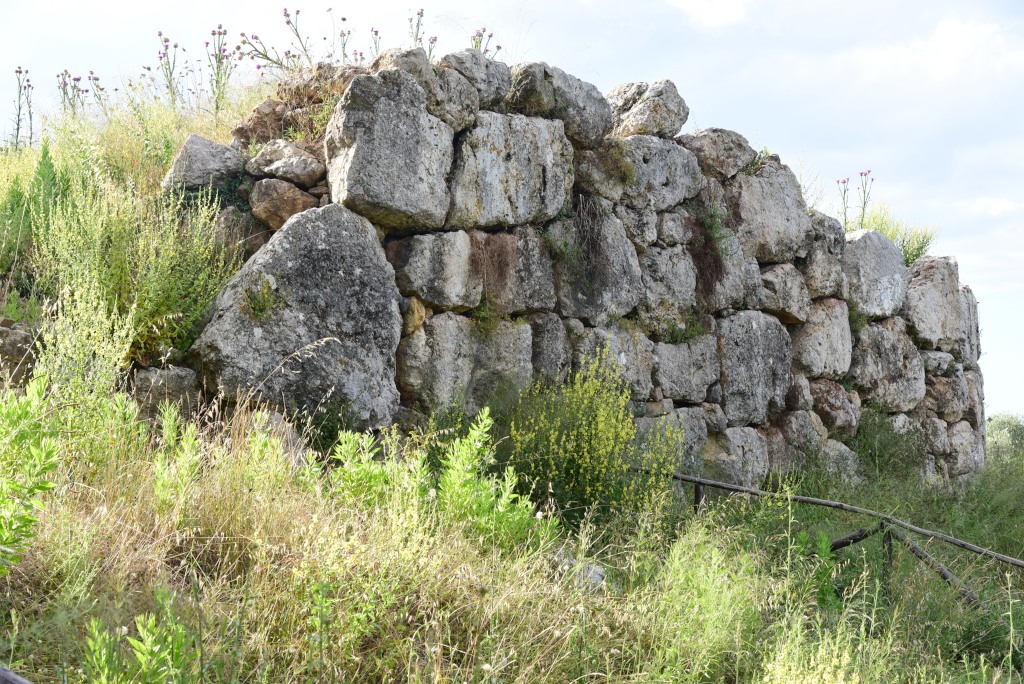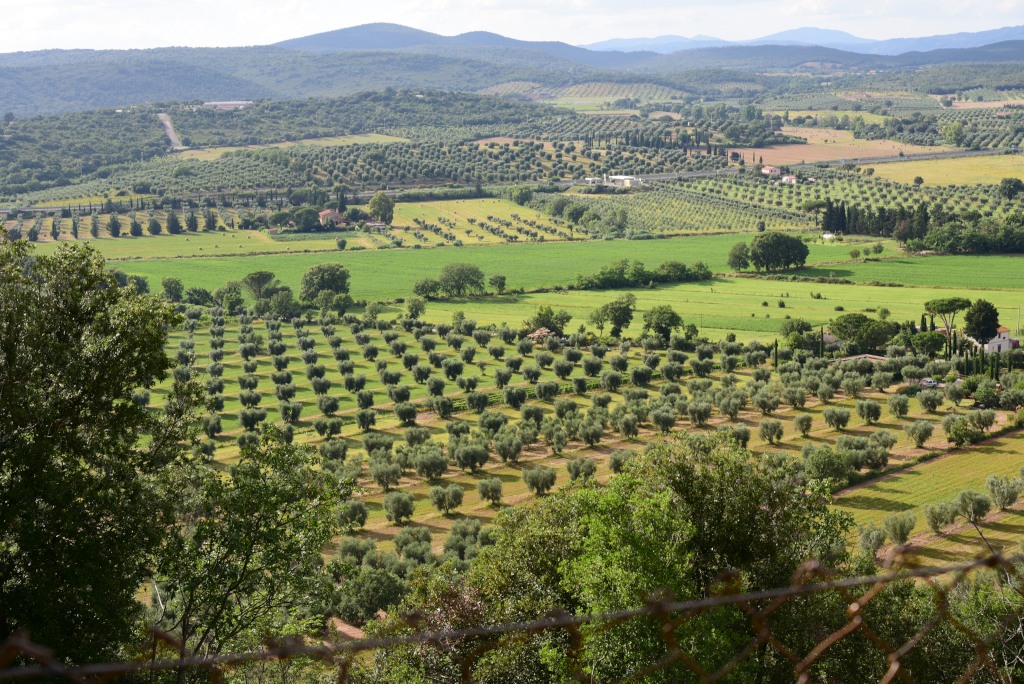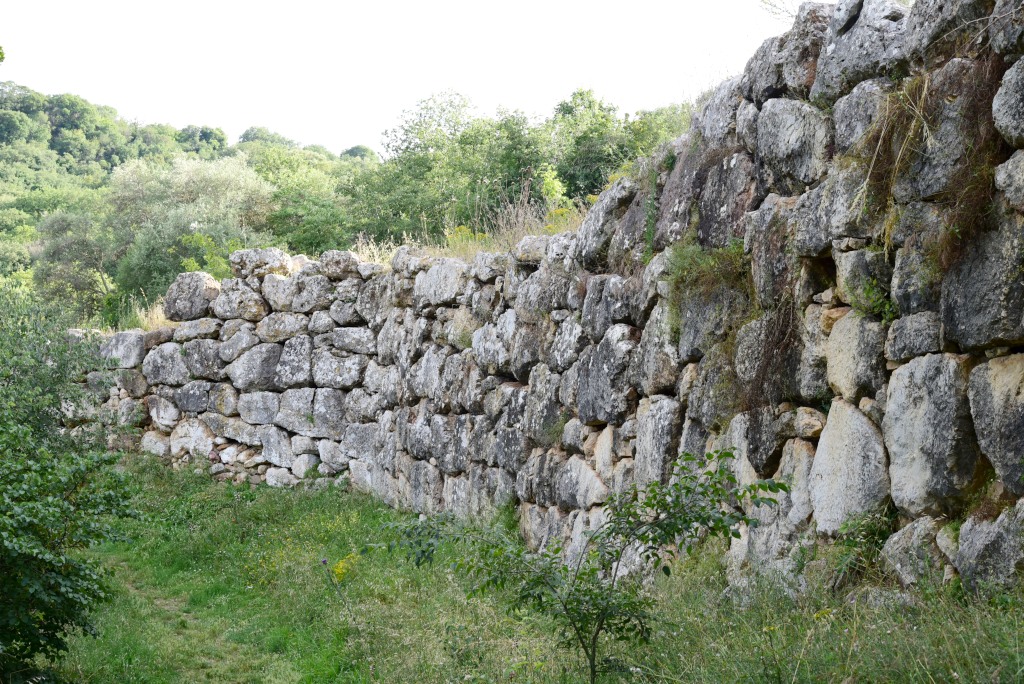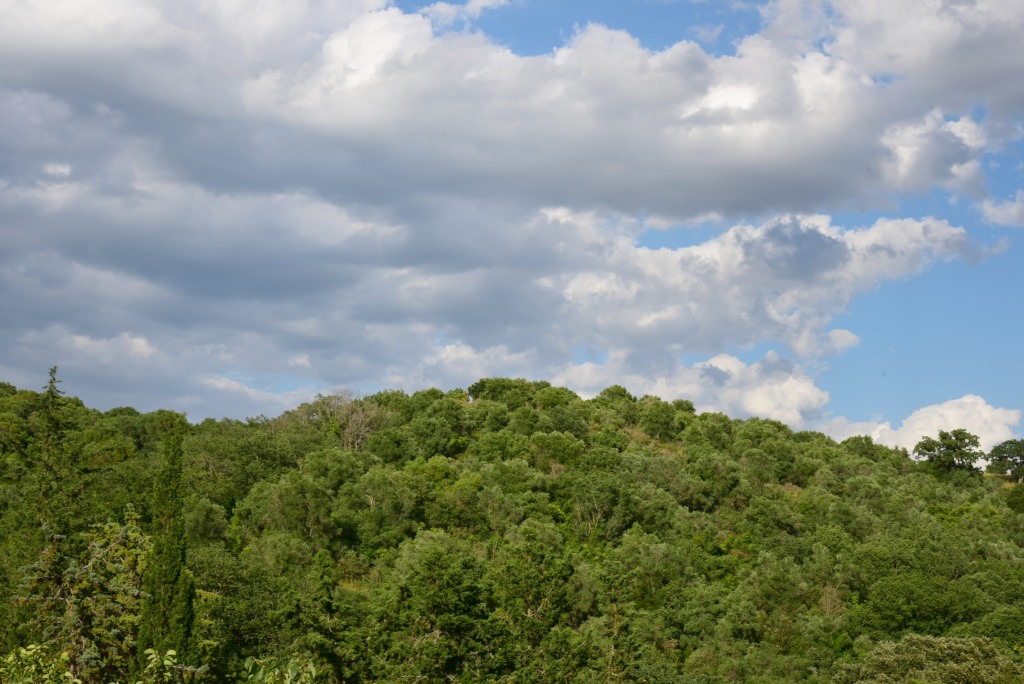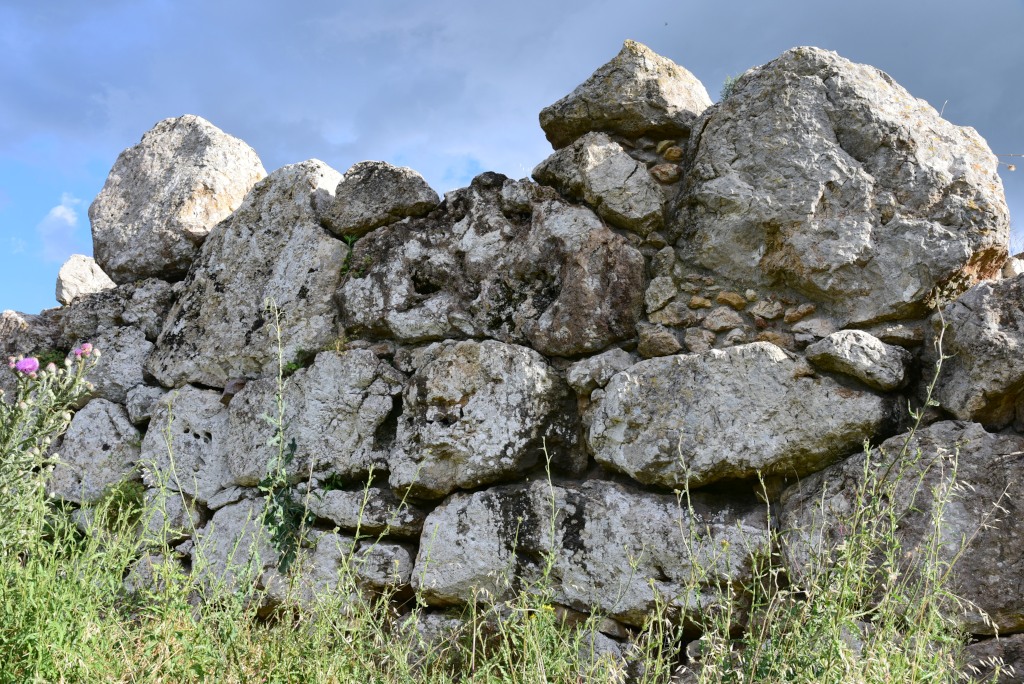June 23, 2018
Prior to leaving for Rusellae, I walk through the streets of Grosseto, admiring the town’s elegant historic palaces, churches, piazzas, and the stunning vistas offered from the imposing medieval walls.
Rusellae traces its history to the Villanovan culture. It was quoted by Dionysius of Halicarnassus as one of the cities that brought help to the Latins in the war against the Roman king Tarquinius Priscus. Rusellae was associated with, but not actually one of, the twelve cities of the Etruscan Confederation. The discovery of Attic vases with red figures testifies to the city’s commercial contacts with Greece and the Greek colonies of Southern Italy.
The Romans captured Rusellae in at the end of the 3rd century BC, and shortly thereafter, the city contributed grain and timber for the fleet of Scipio Africanus. The Diocese of Roselle was established in 490, in 935 the town was destroyed by Saracens, then was not rebuilt because of a malaria epidemic. The episcopal see was transferred to Grosseto, and the town abandoned.
On the top of the hill north of the city, the amphitheatre dates from the 1st century A.D., and is the only one known among Etruscan coastal towns.
The first traces of the House of the Mosaics date back to the late Roman Republican period. After extensive destruction in 90-80 BC, it was enlarged and restored, as well as enriched with three statues of Tiberius, Livia and Drusus Minor. During the Claudian era there was a partial destruction, perhaps due to a fire, followed by an immediate restoration. At the same time the house and its baths in the southern half became public rather than residential.
On the southern part of the site, close to the mosaics of the domus, are the archaeological remains of the ancient Roman temple of Flamines Augustales, built in the imperial period, then transformed in the early Middle Ages into a Christian church dedicated to St. Sylvester from 765.
Located on the north slopes of the hill, the thermal complex of the Roman period is characterized by walls of opus reticulatum. The structure is divided into two sectors, a complex system of canals and arched tunnels indicating the thermal use of the rooms.
The cyclopean walls were built by the Etruscans of local travertine marble between the 7th and 6th centuries BC. The perimeter of the city wall is over 3 km, with an average height of about 7 m.

